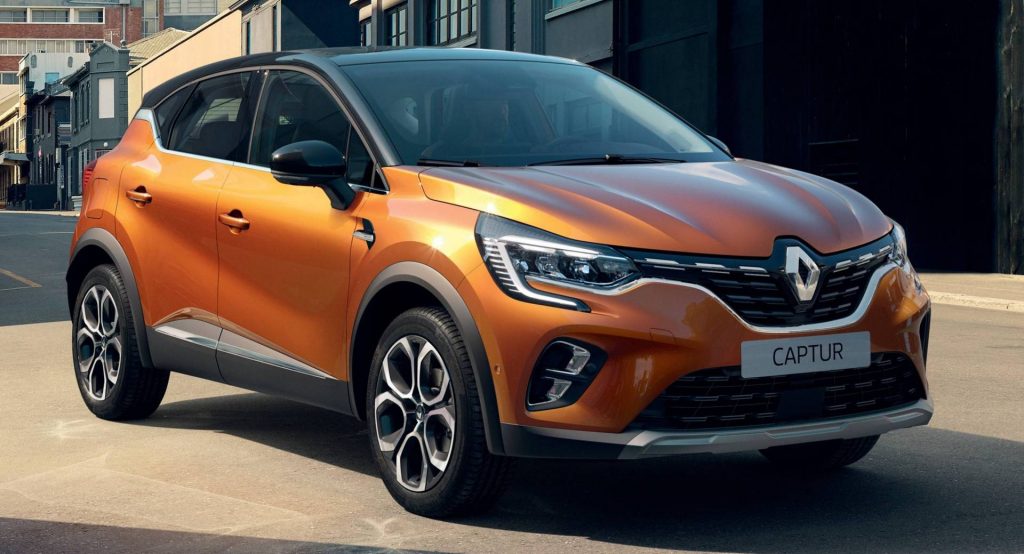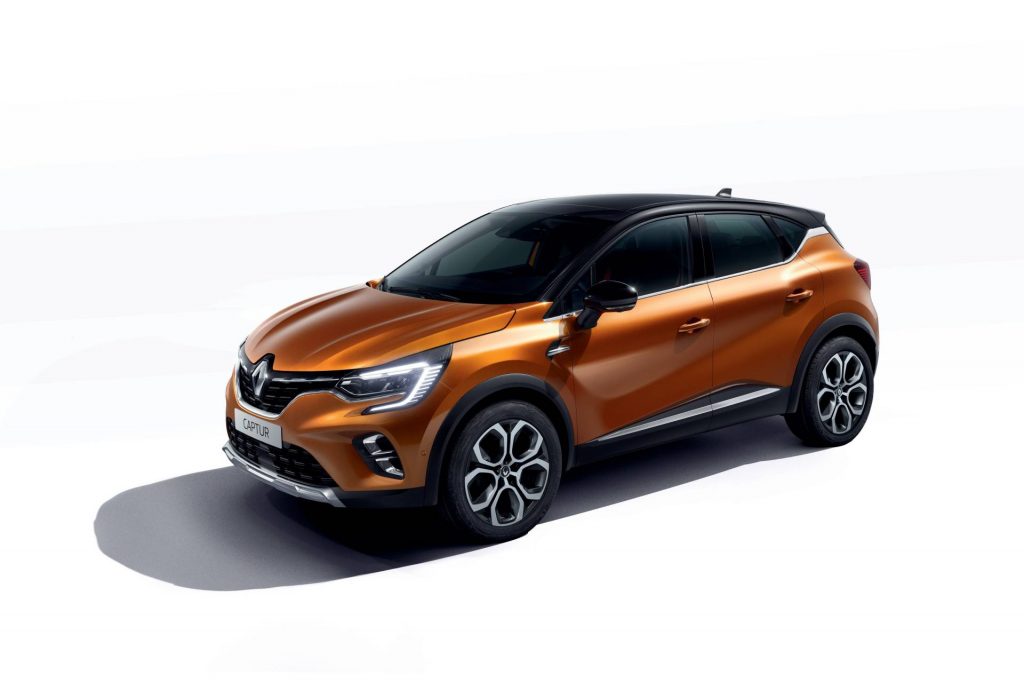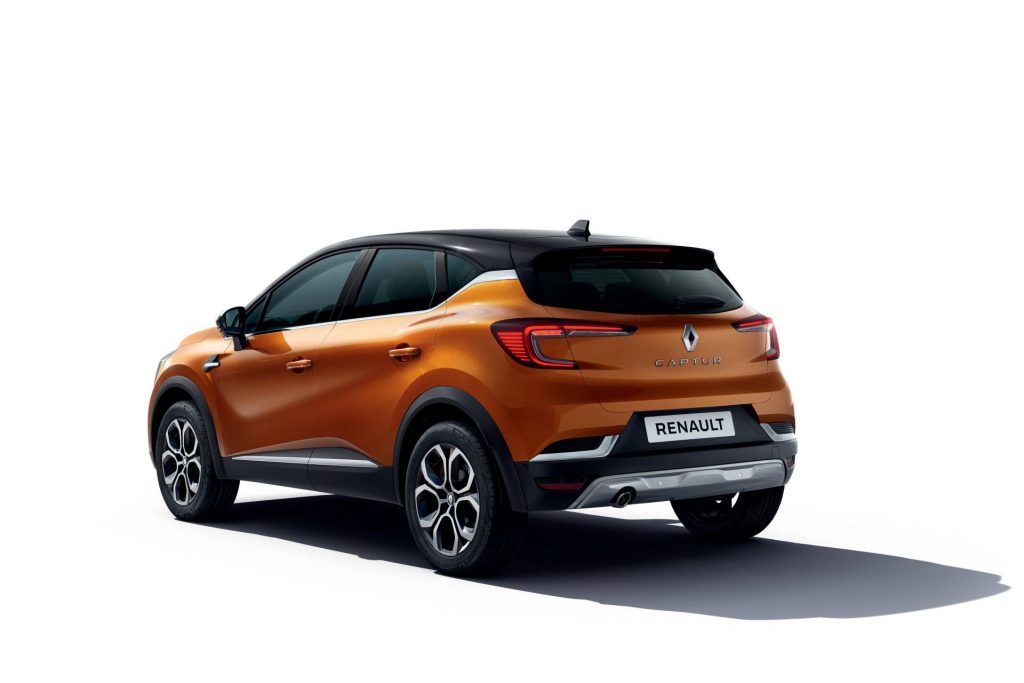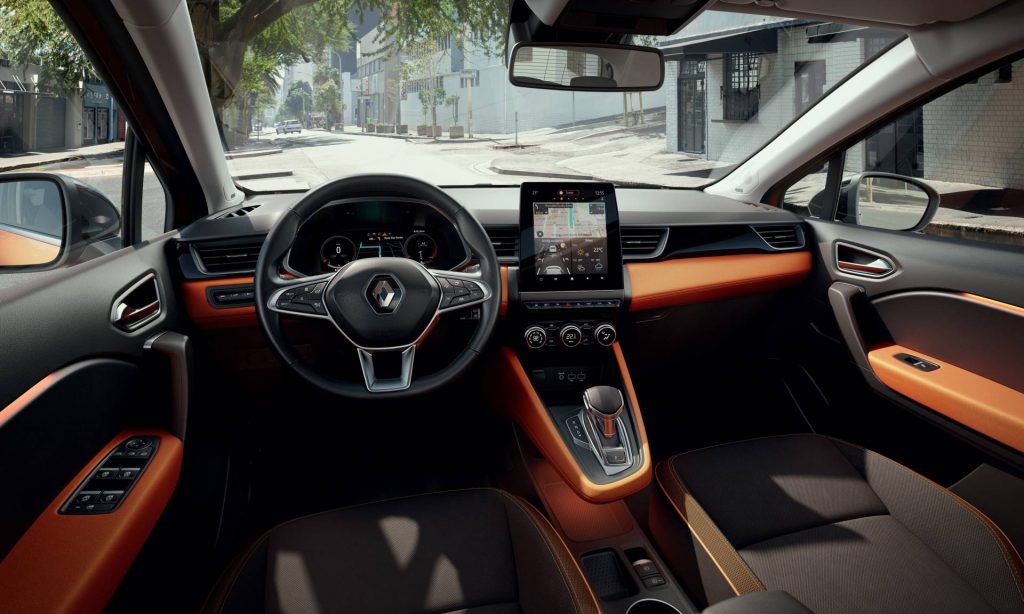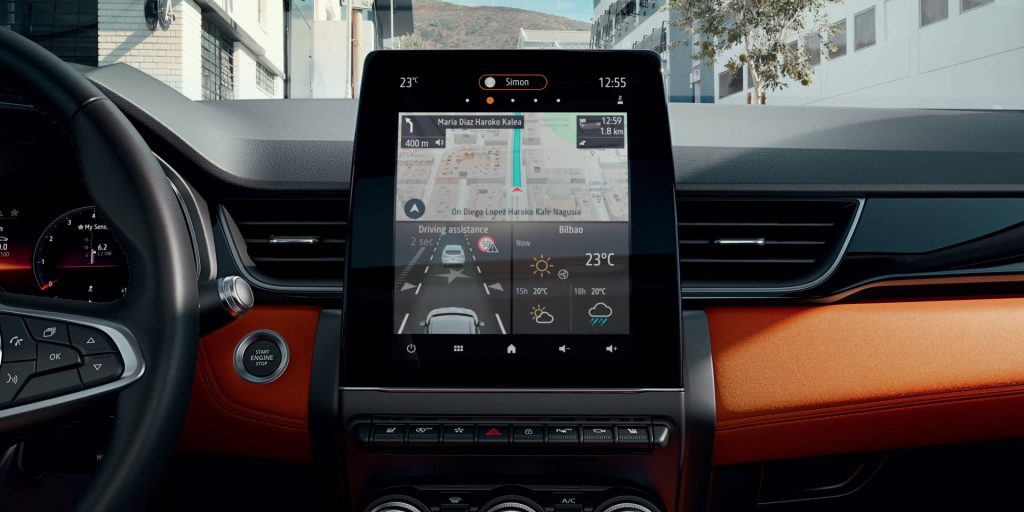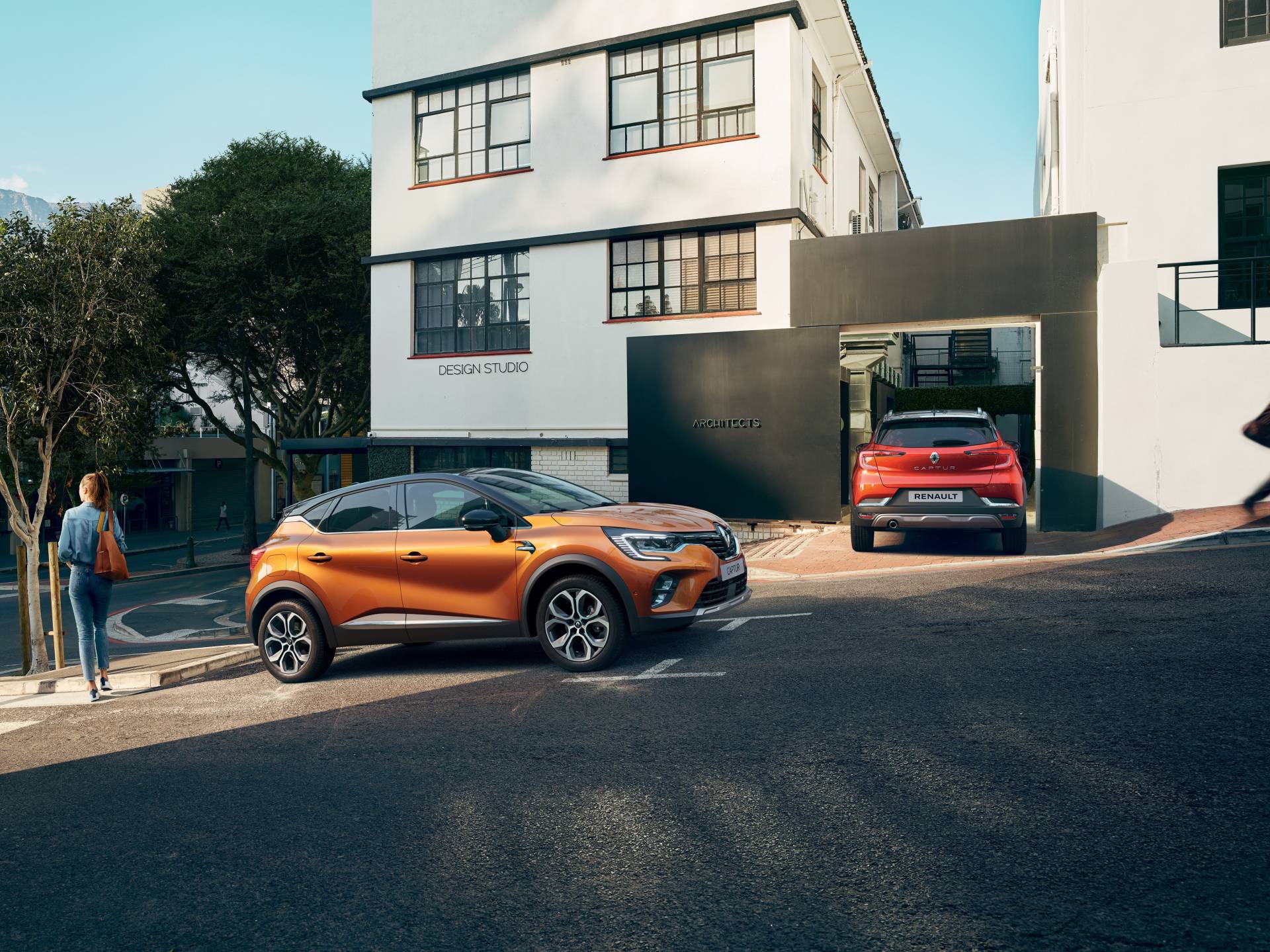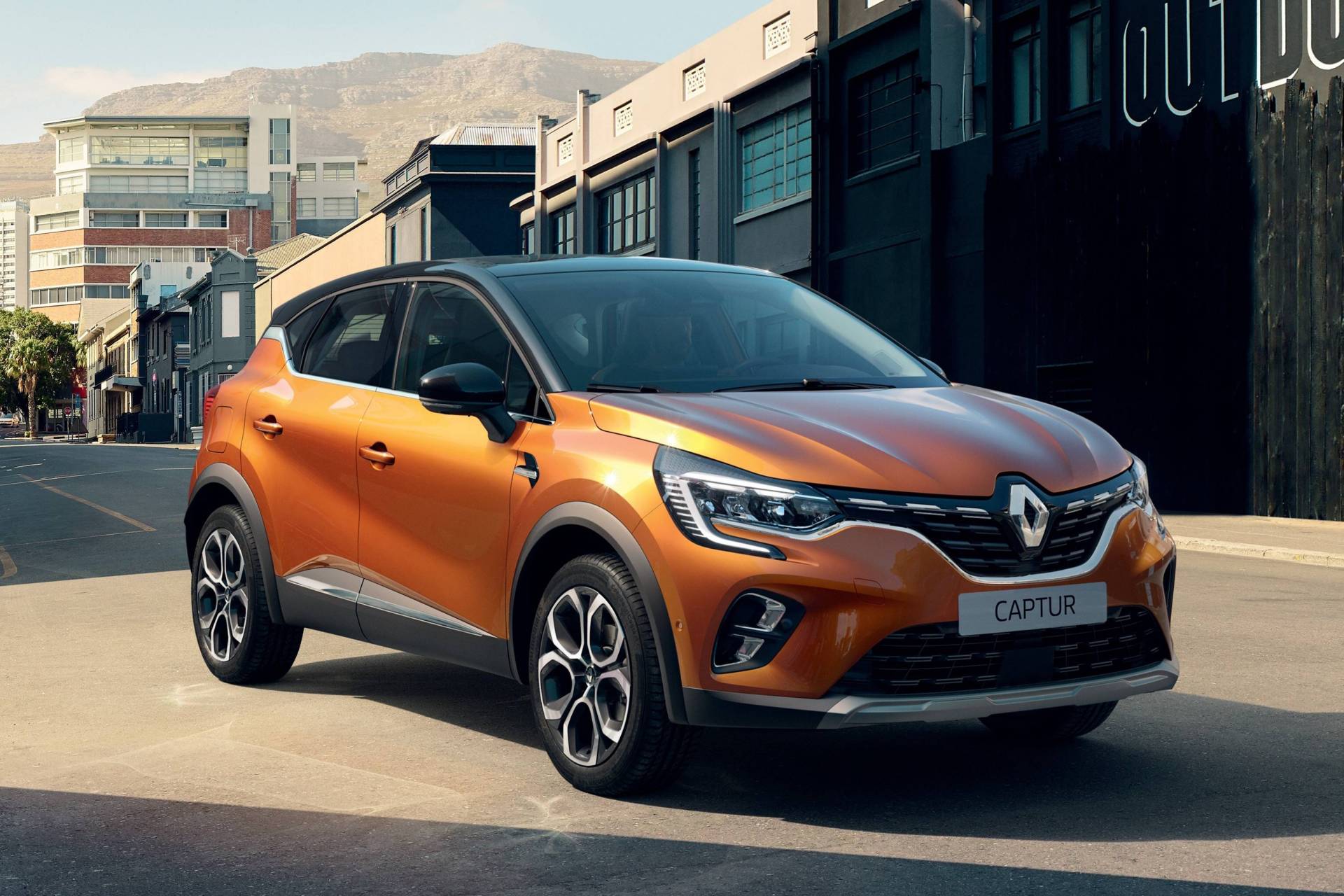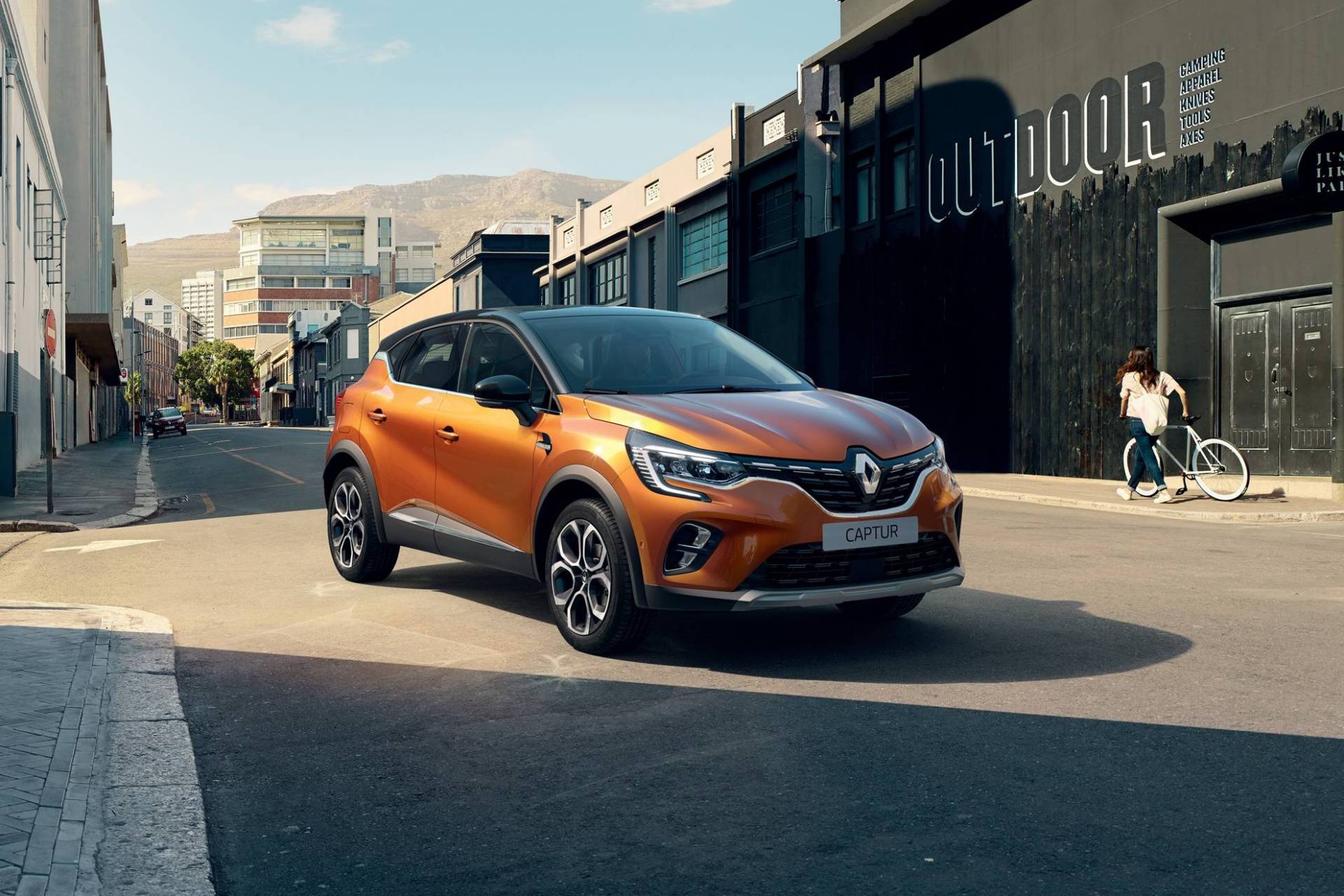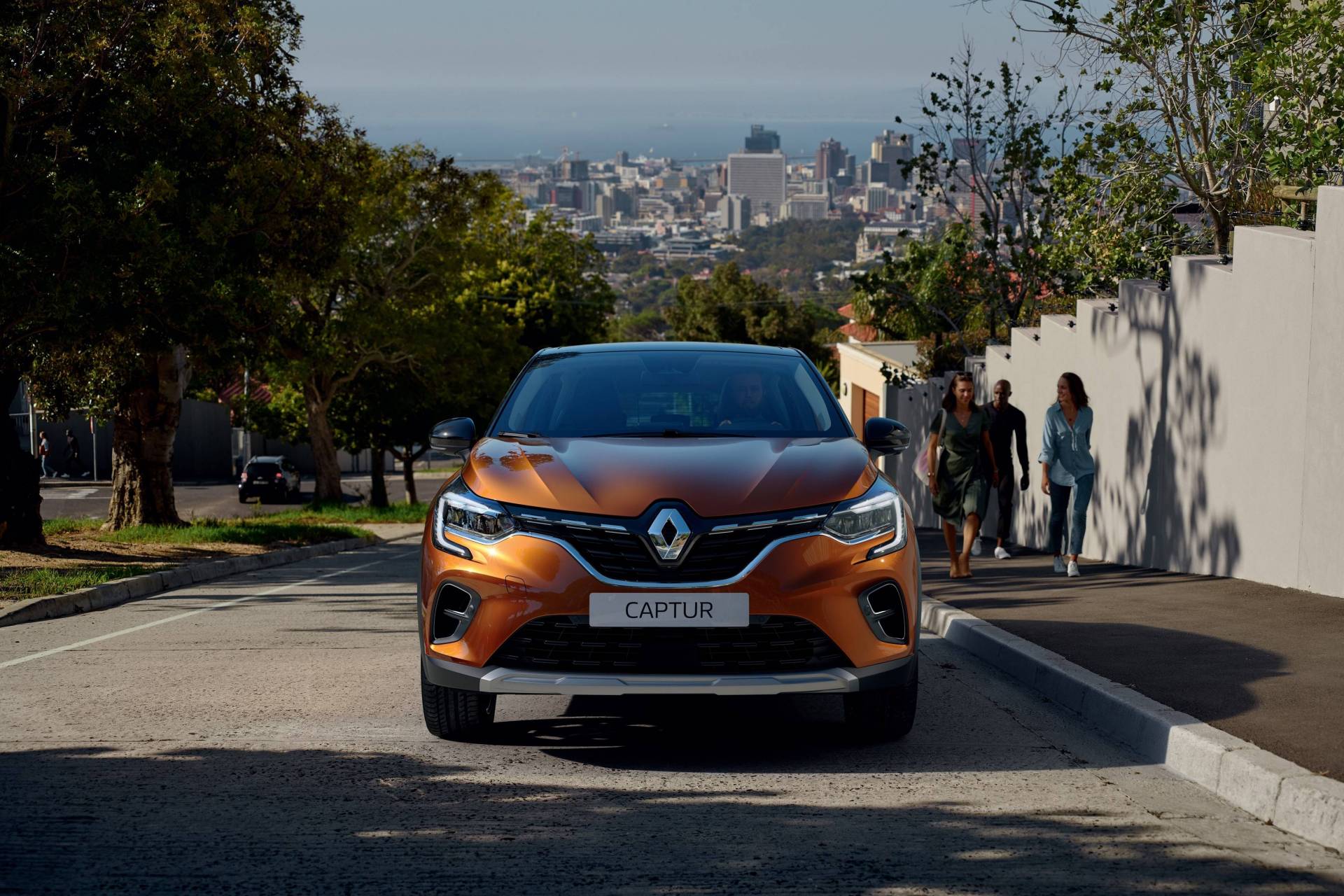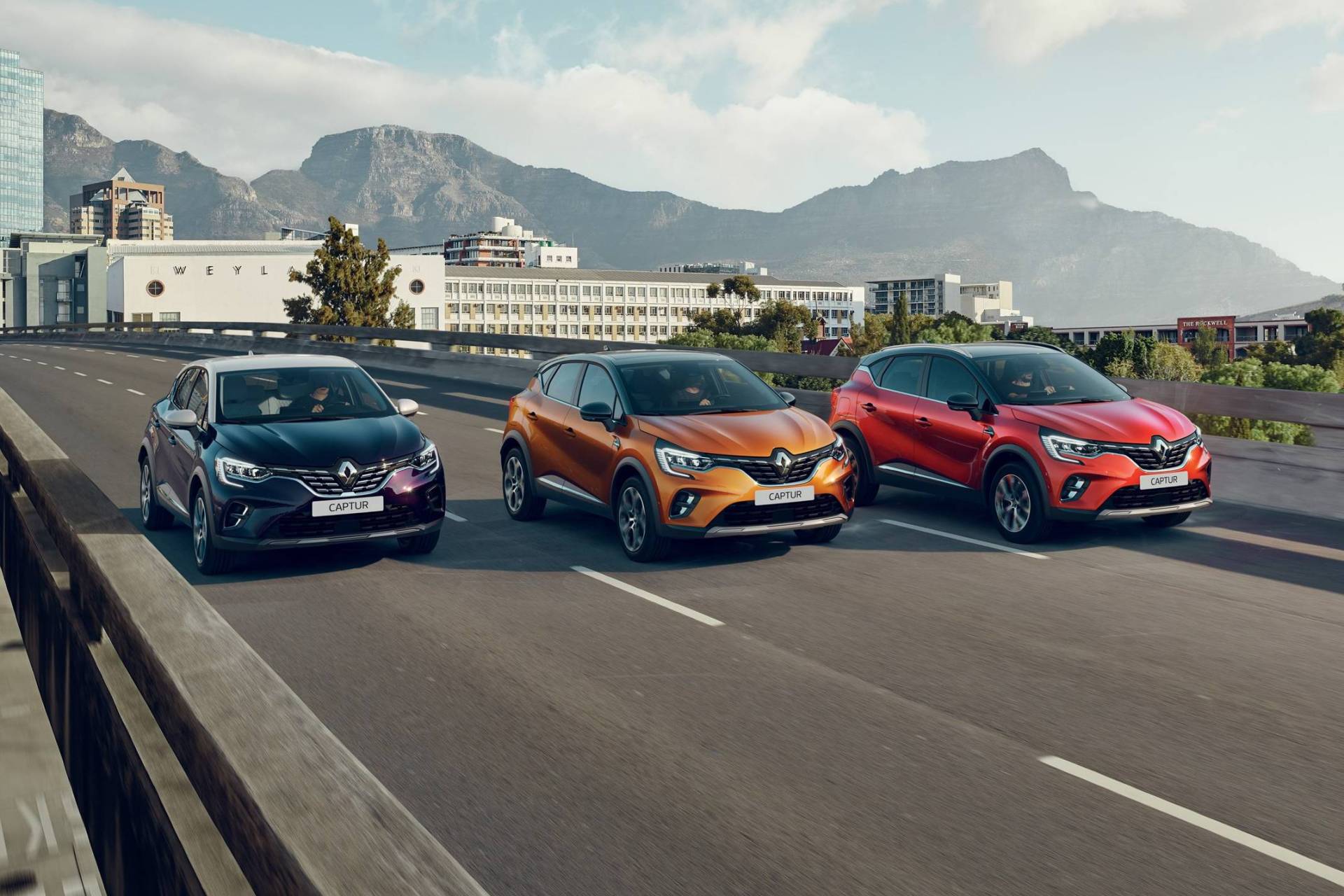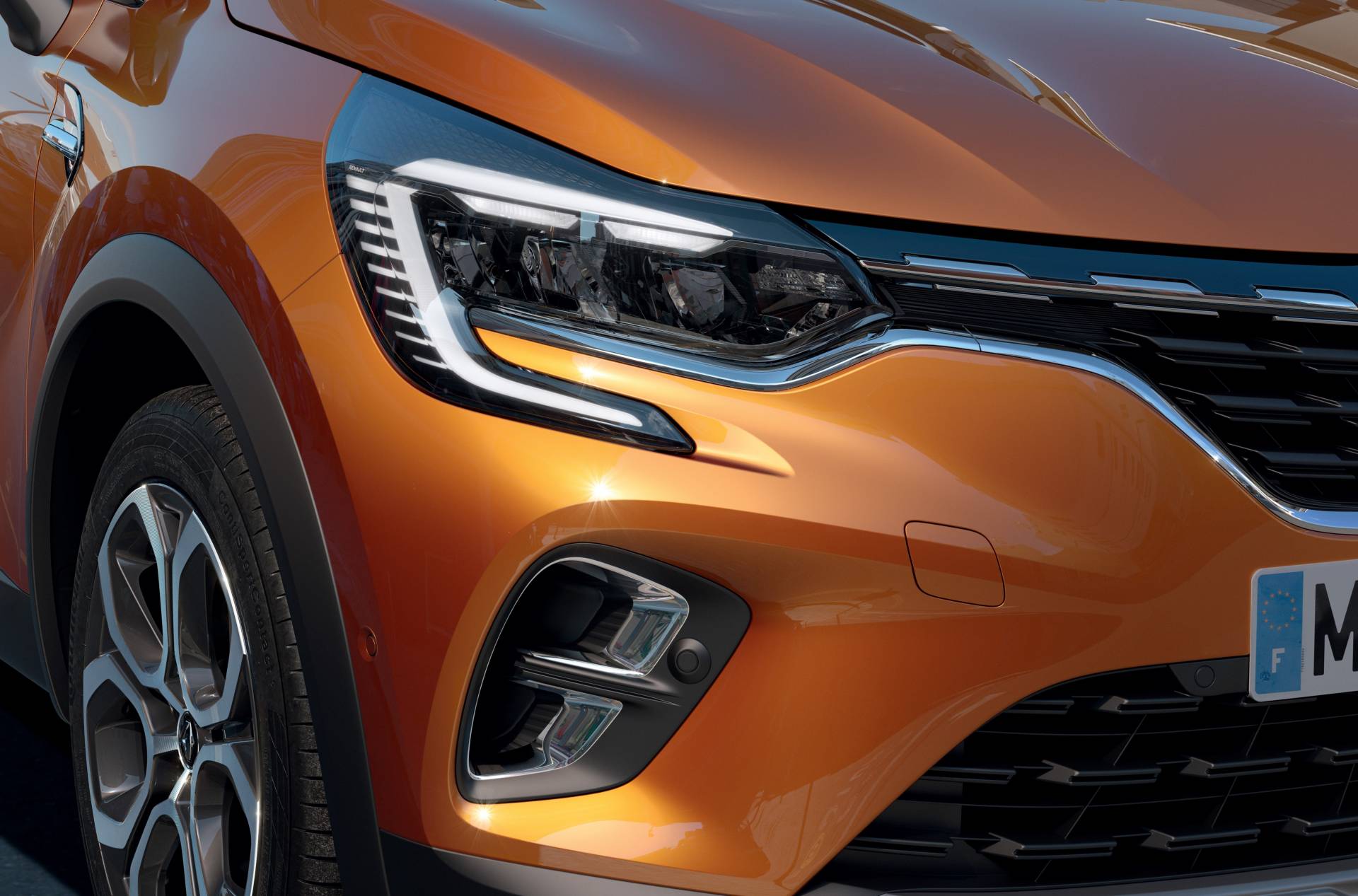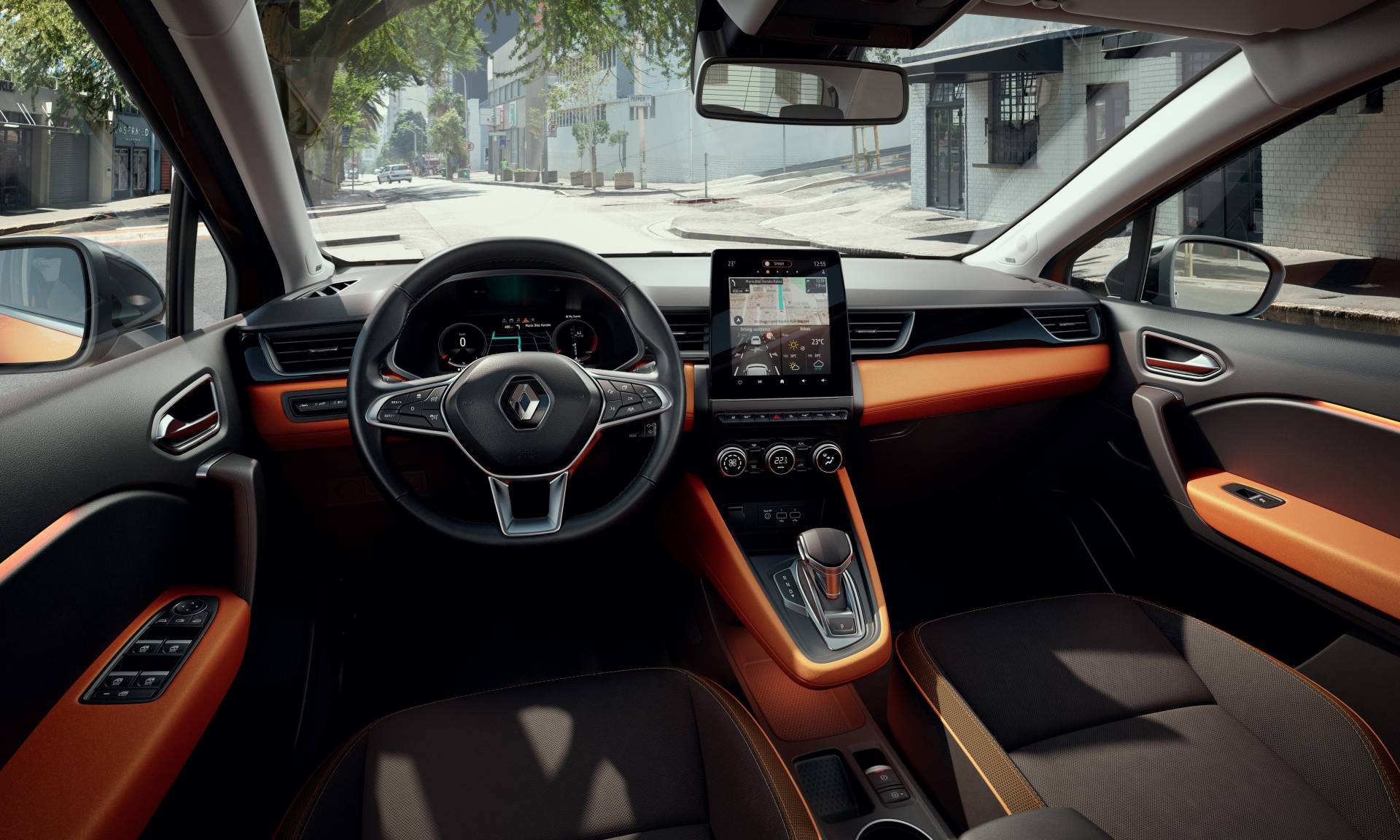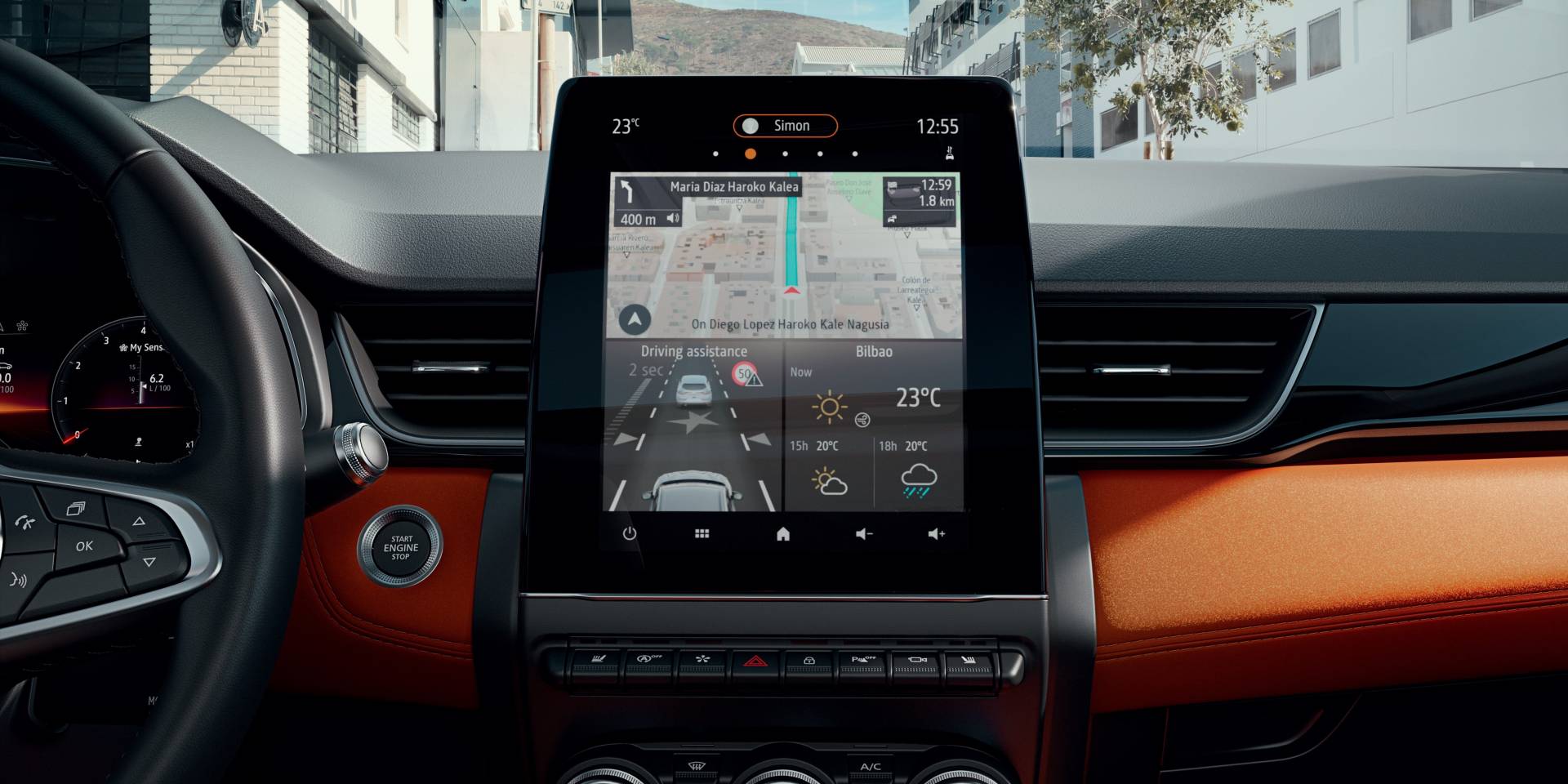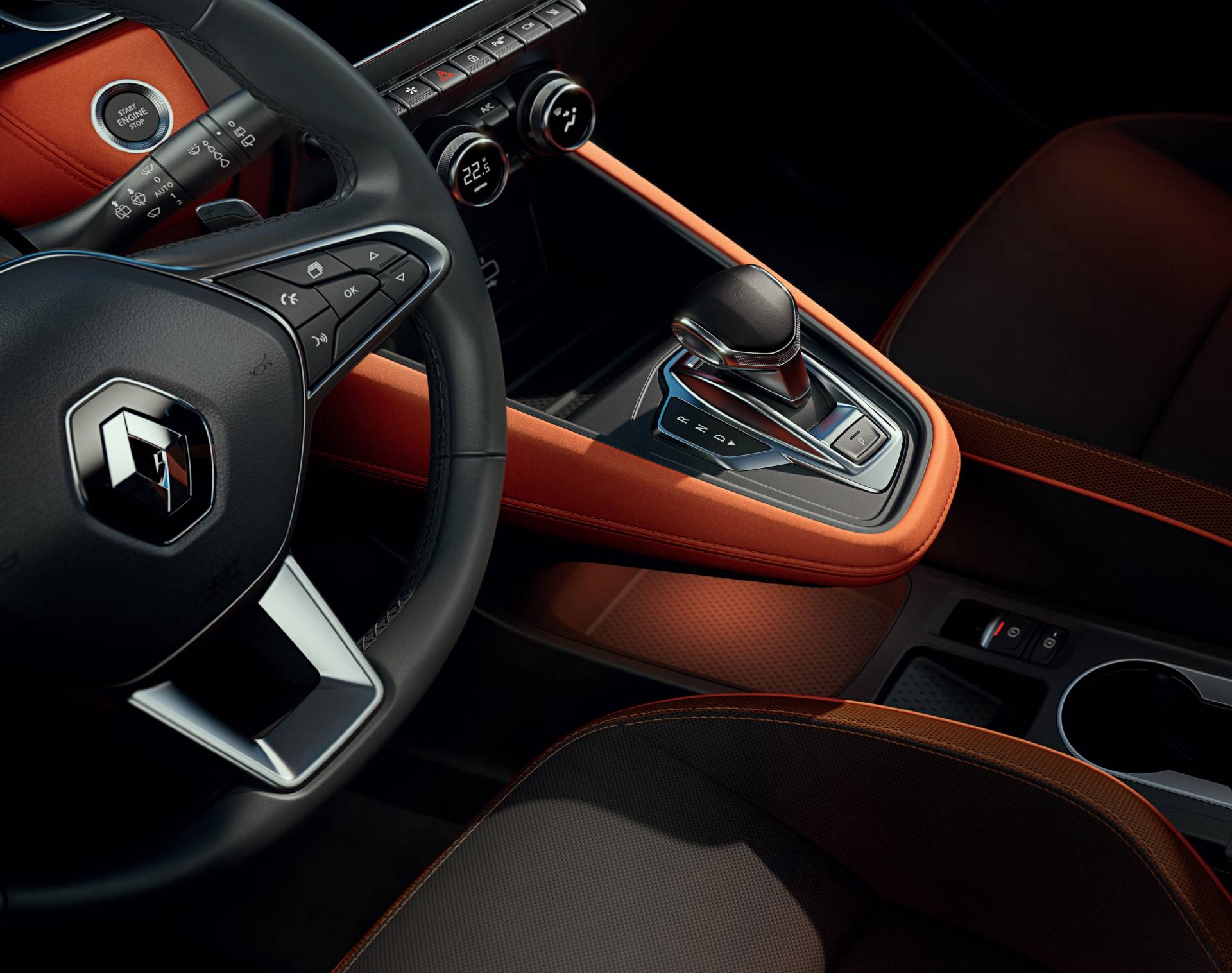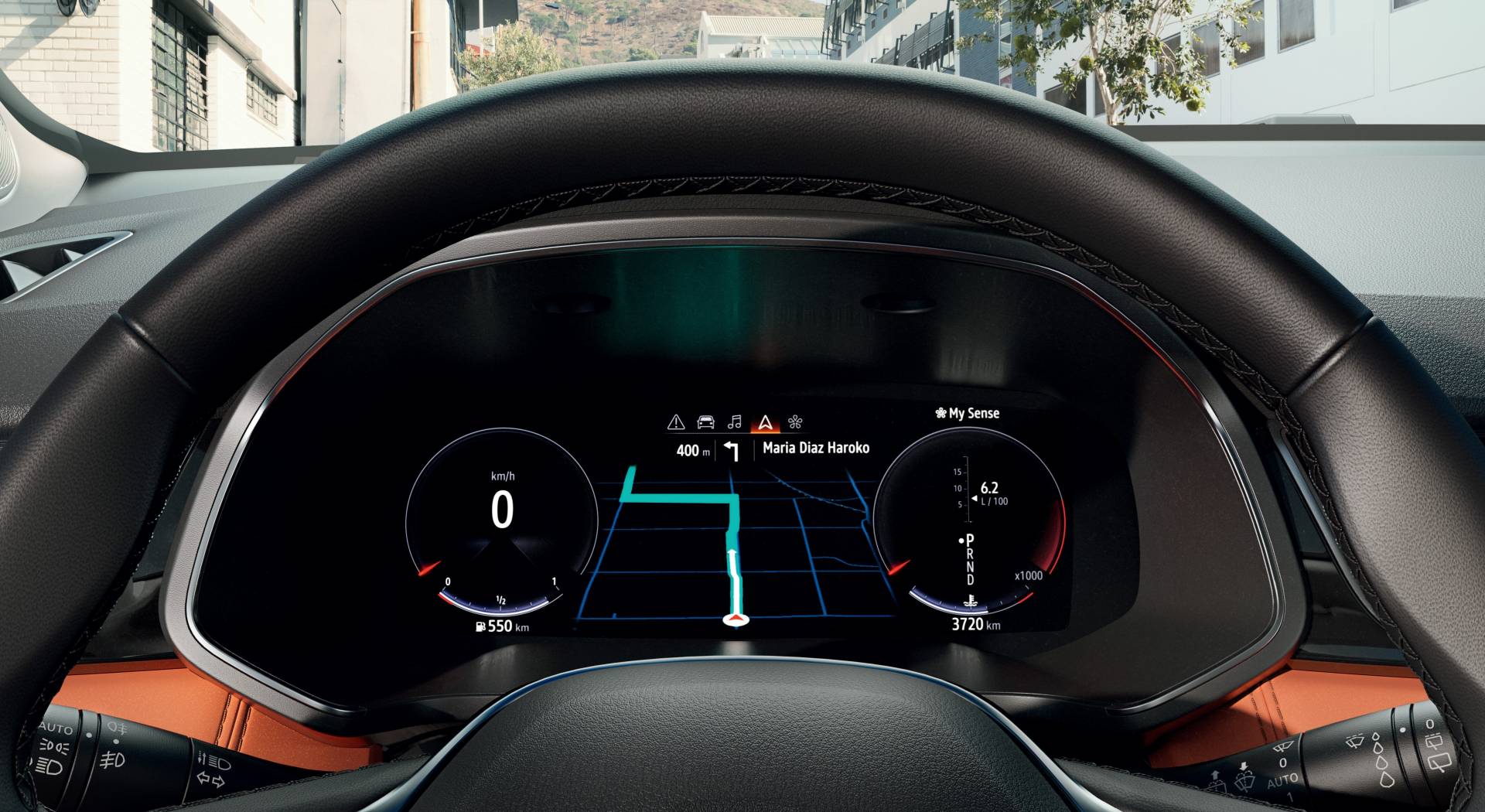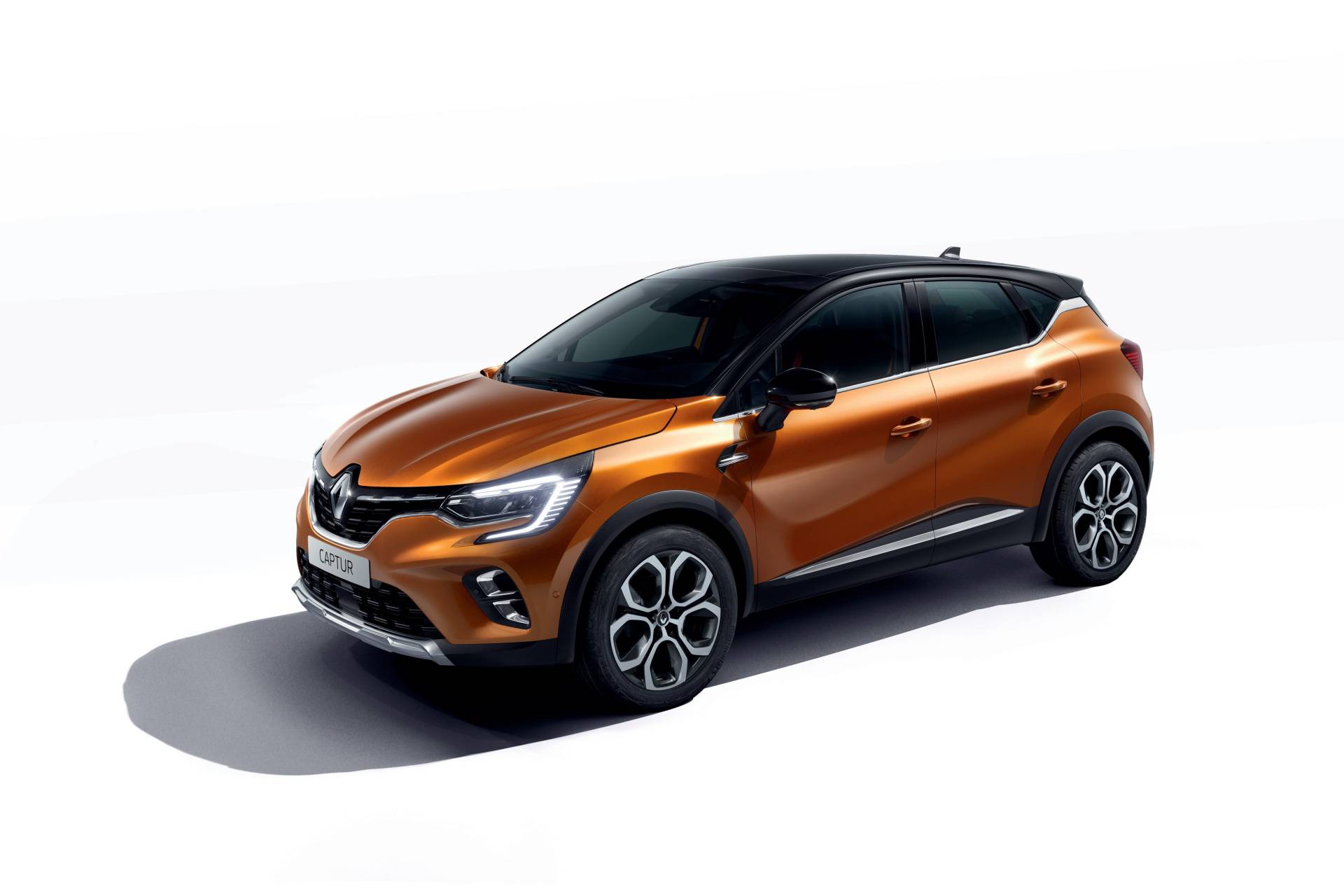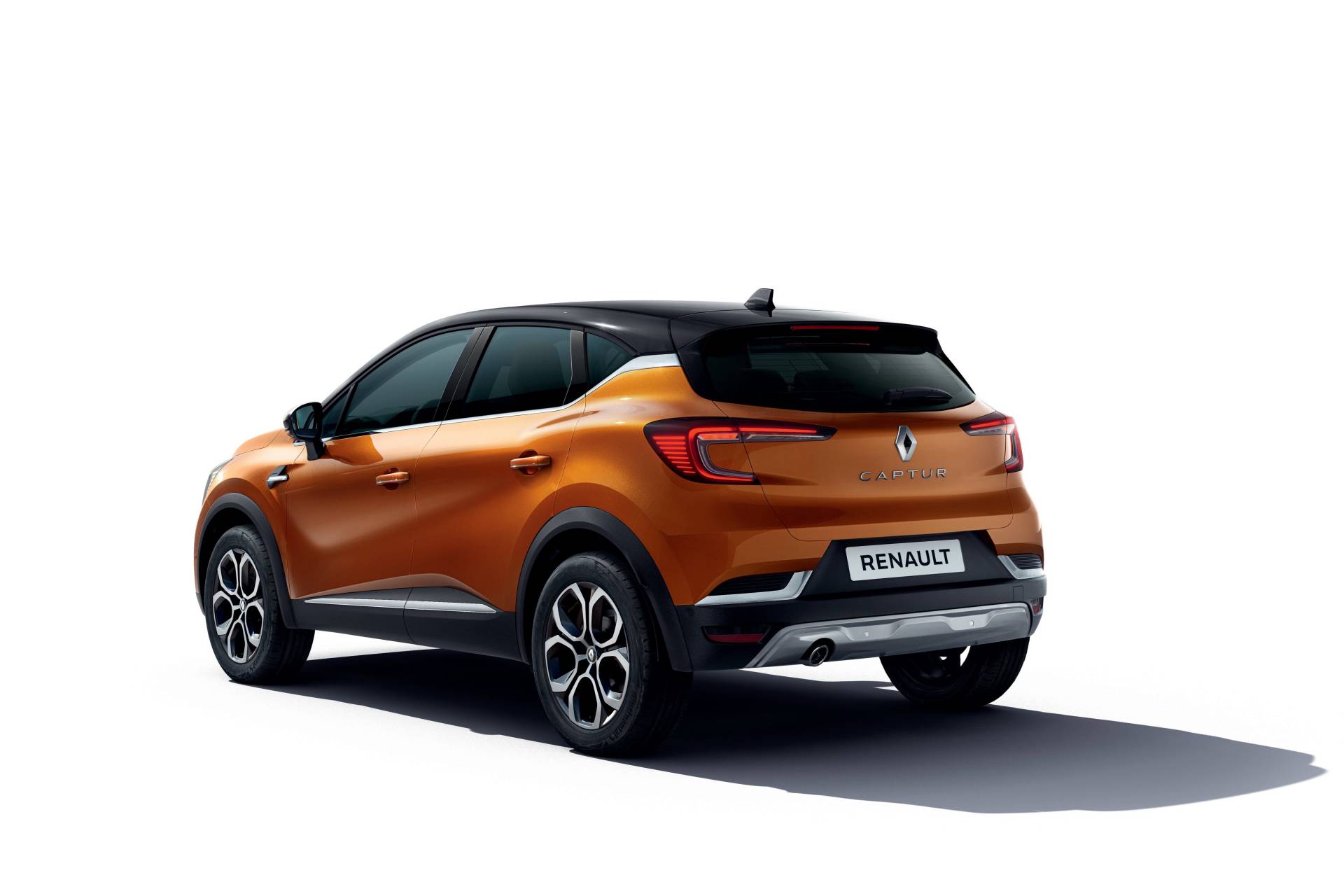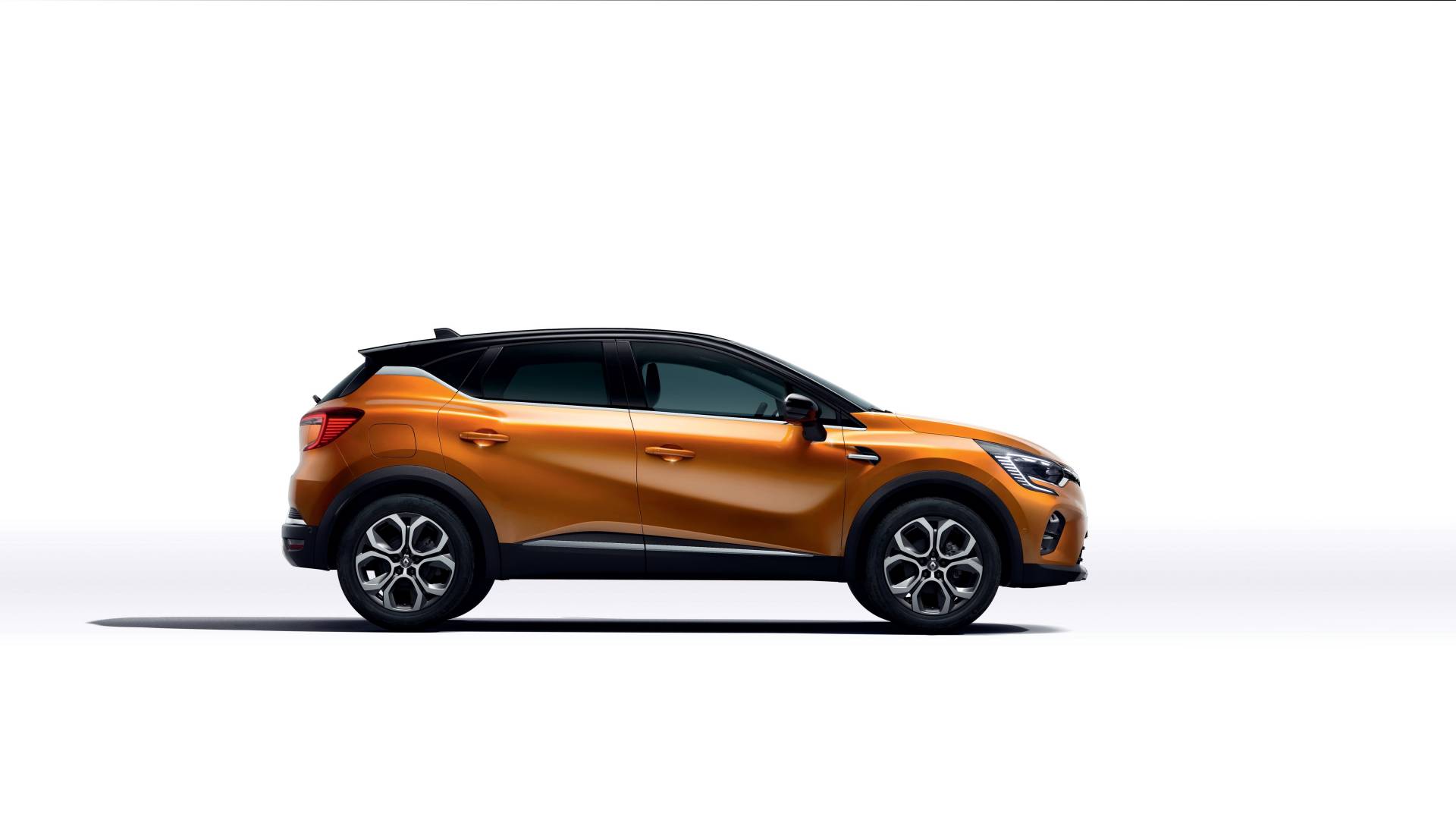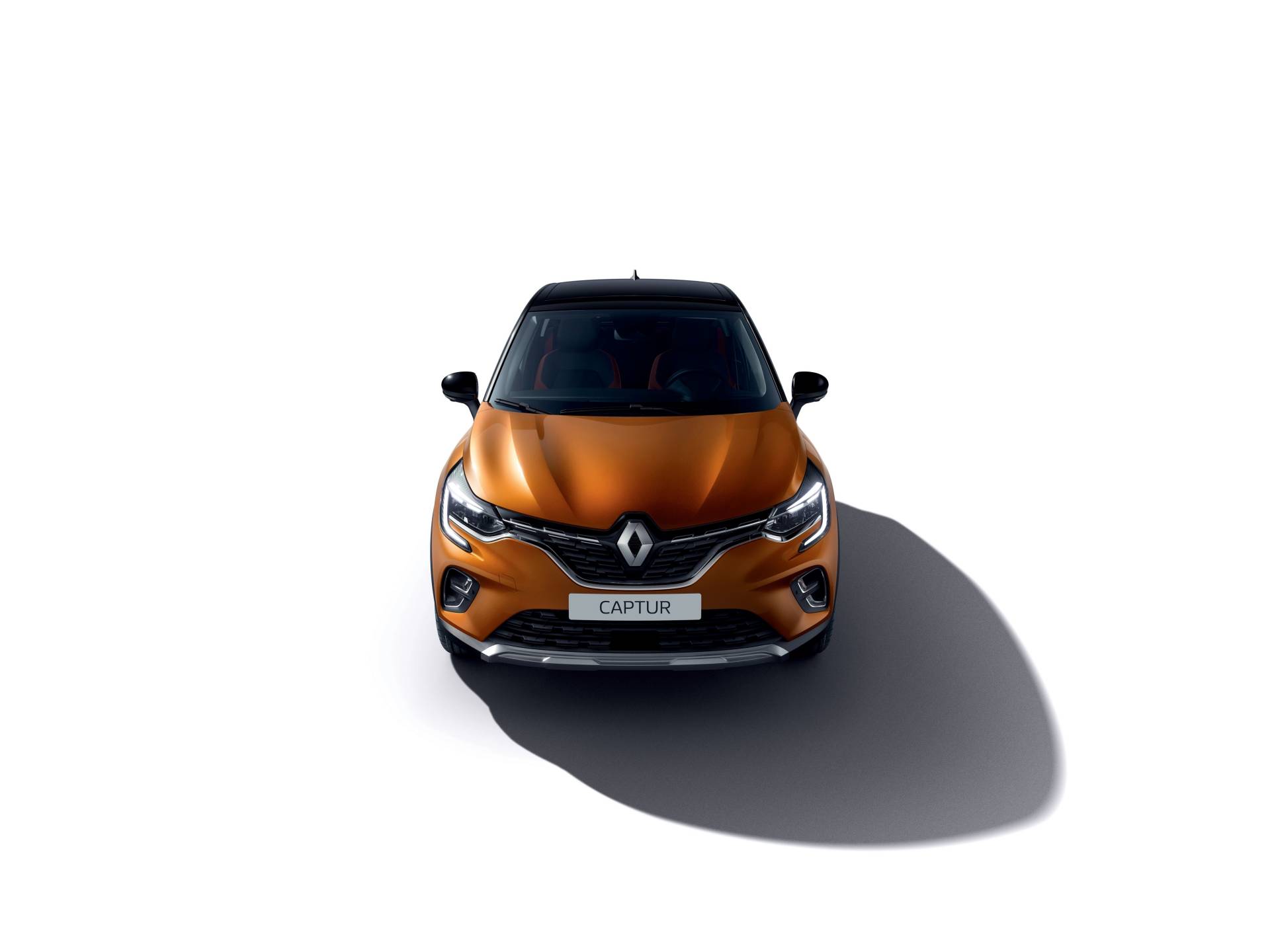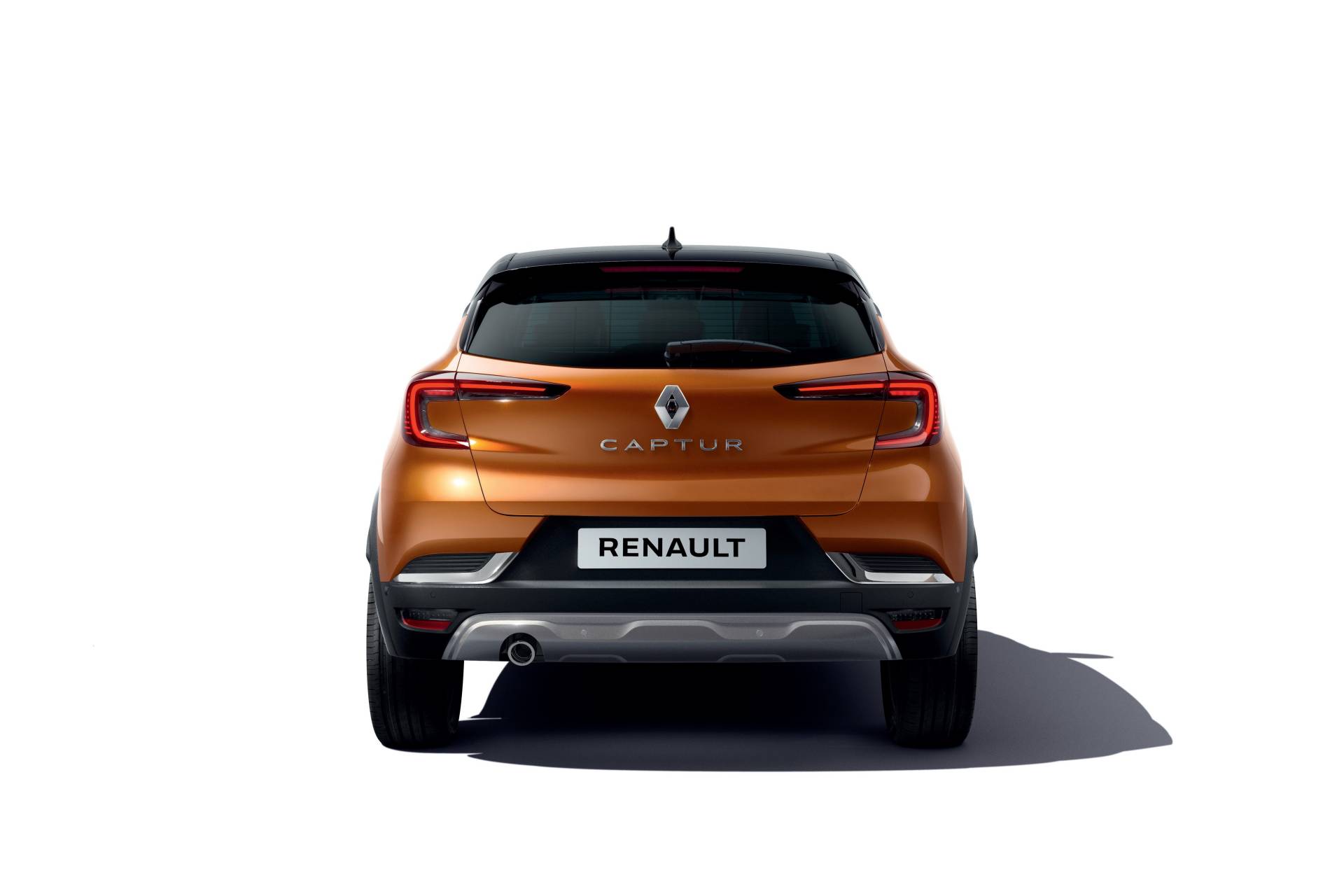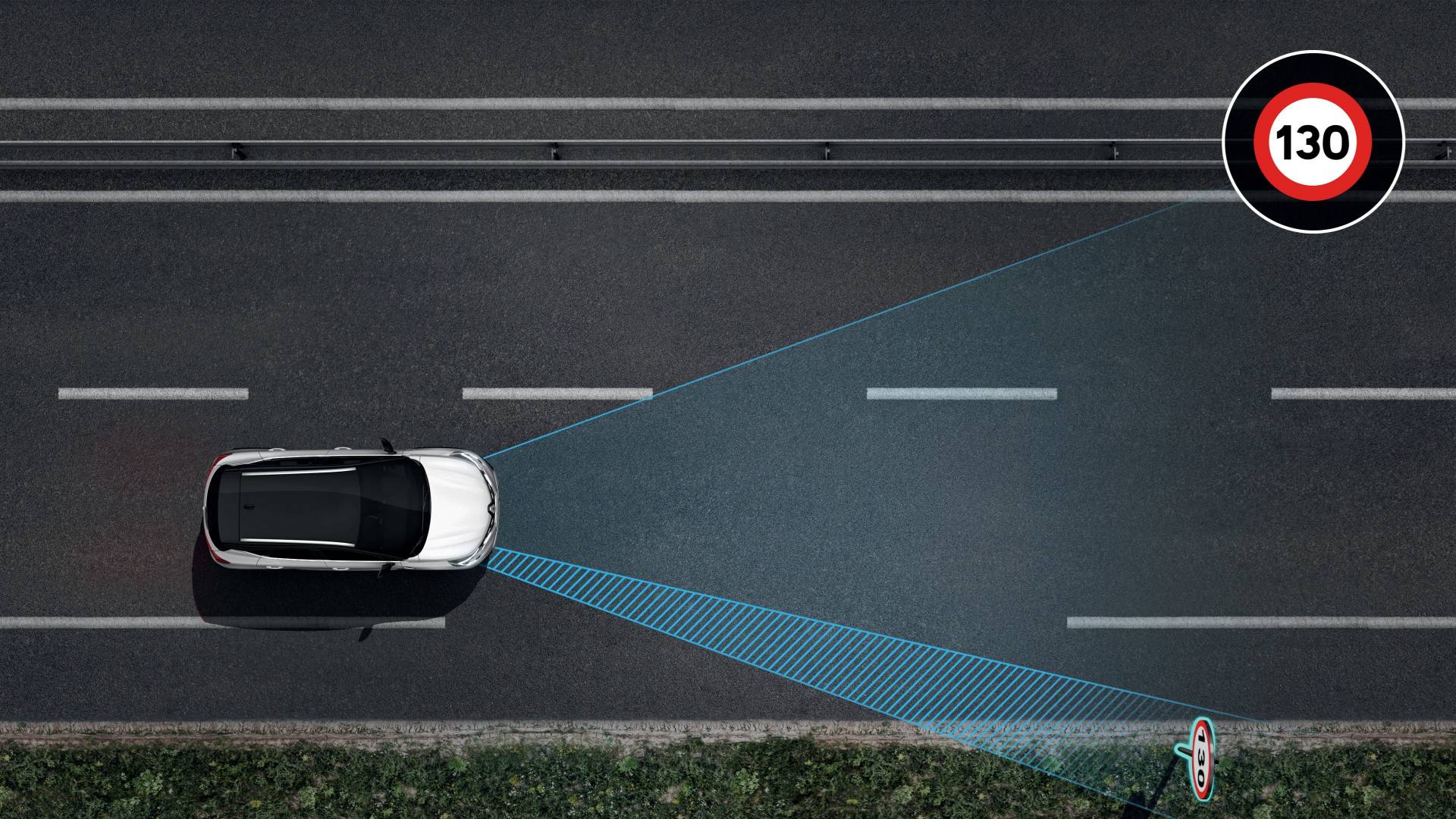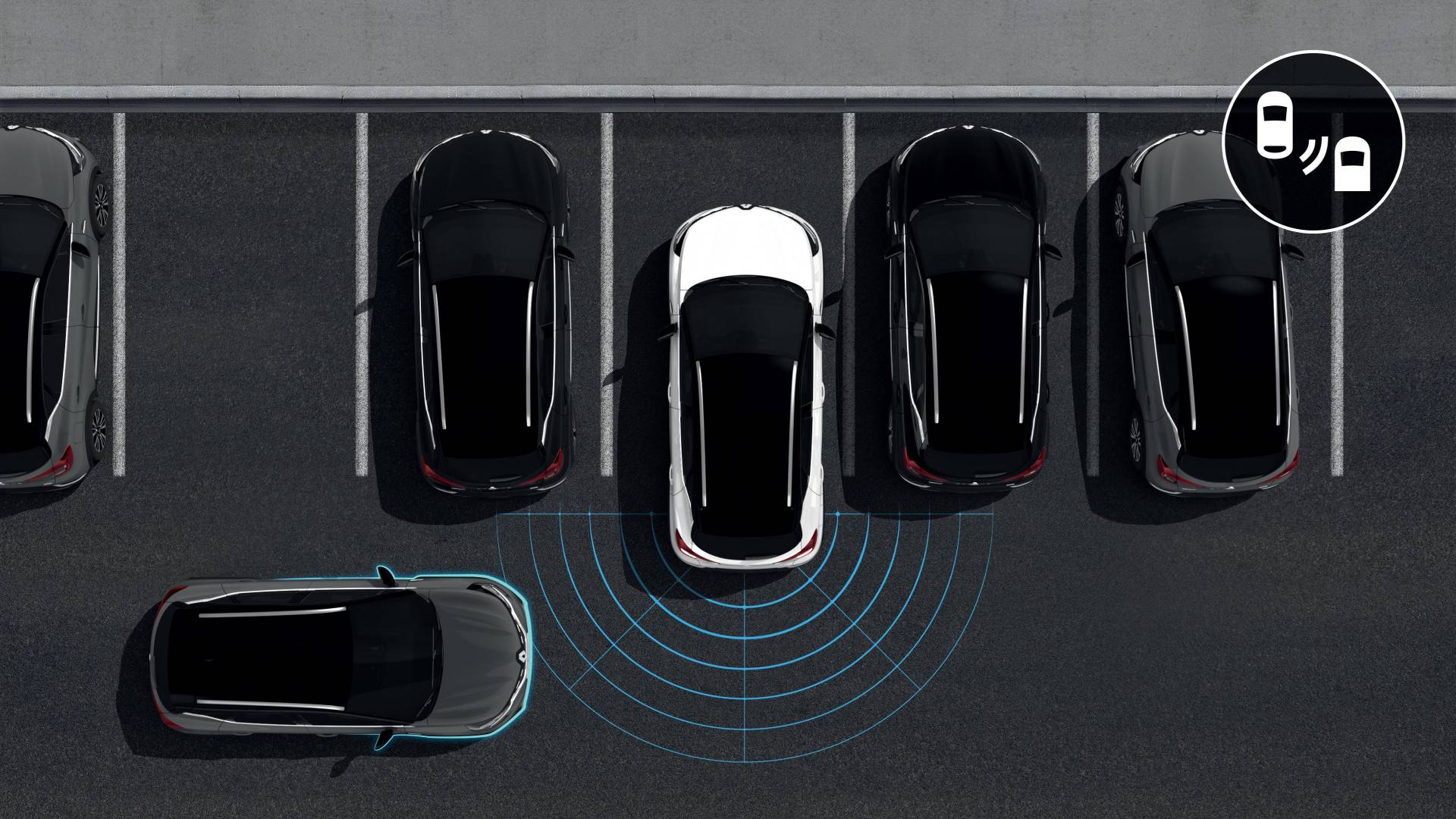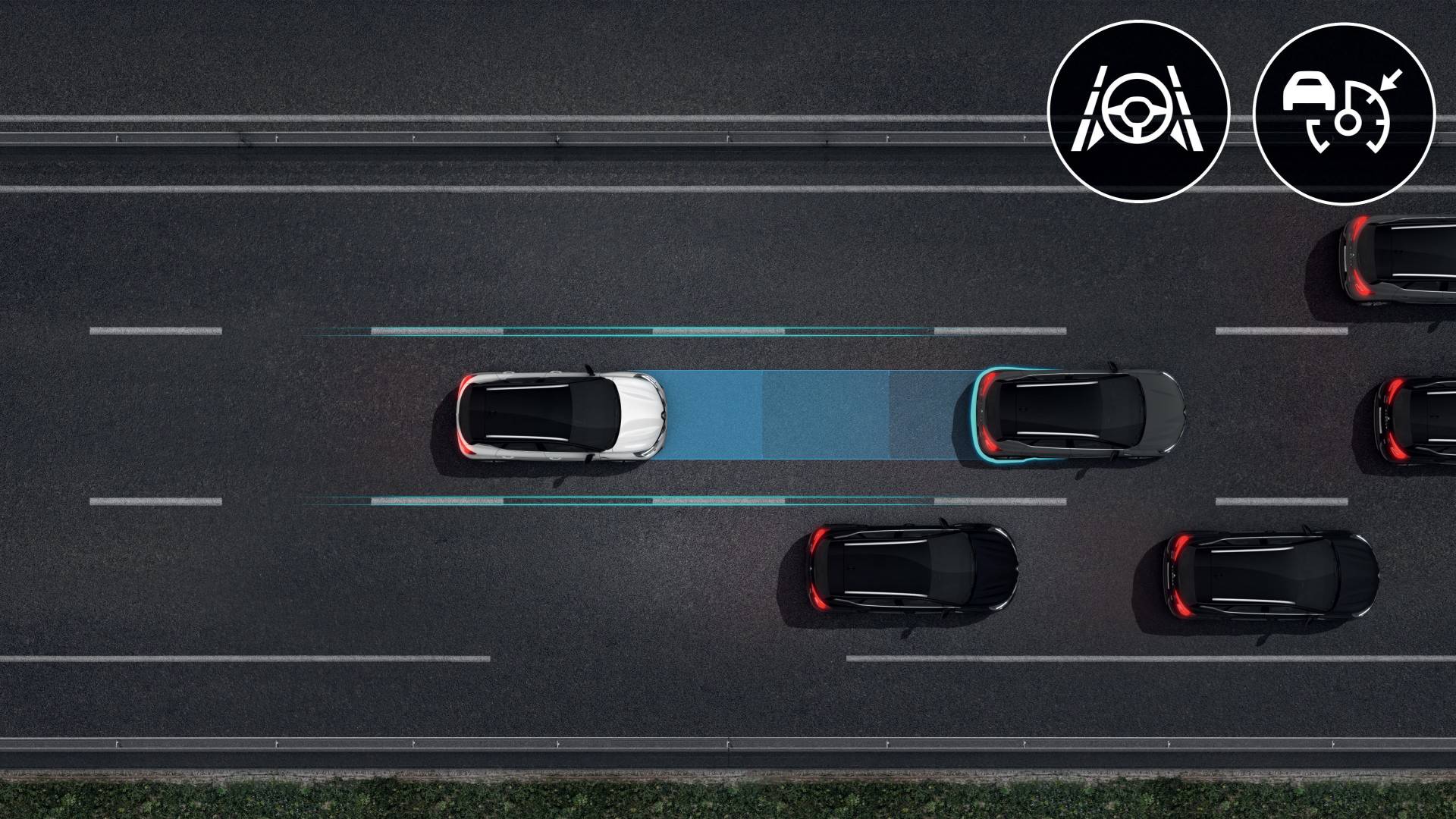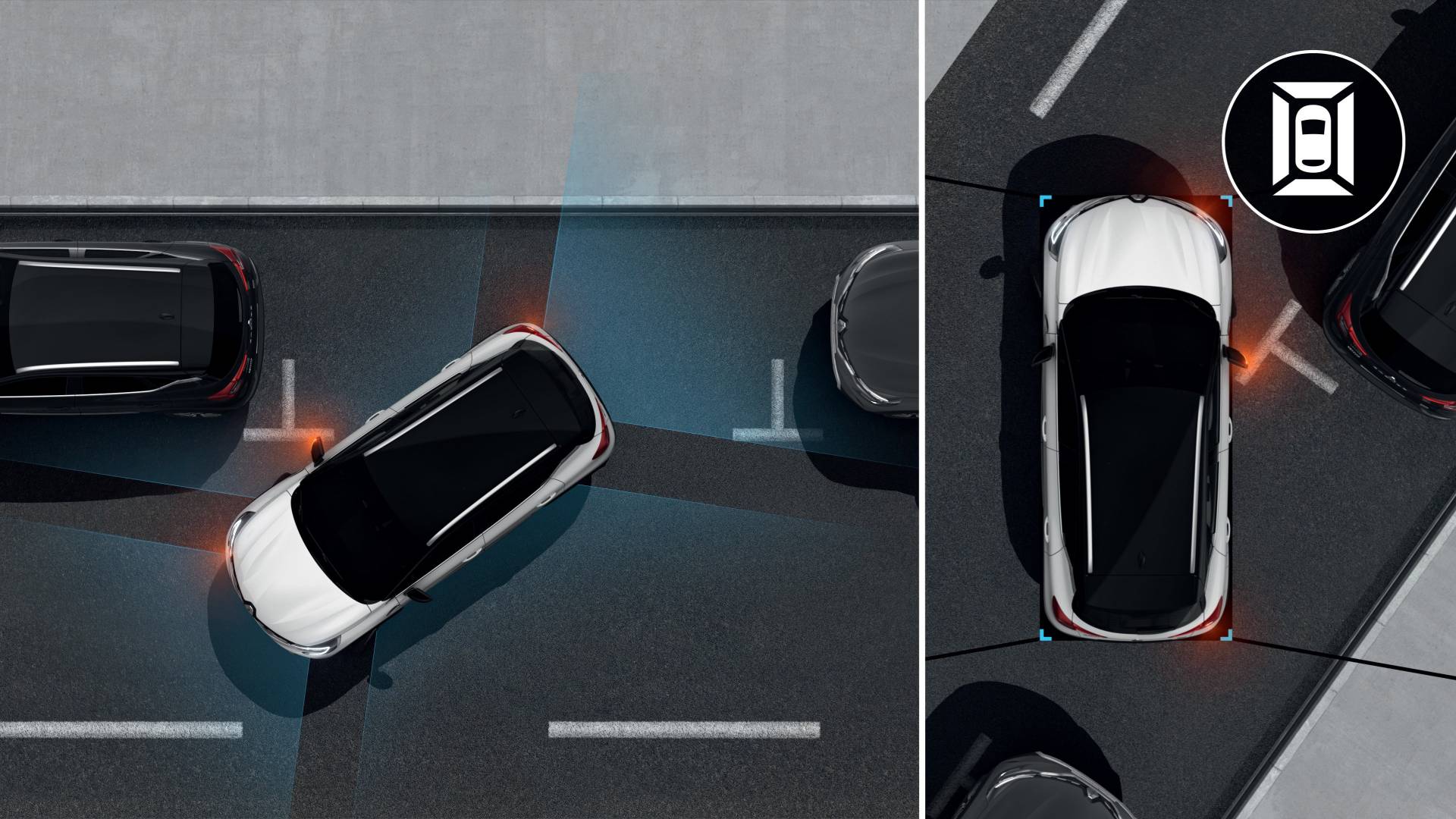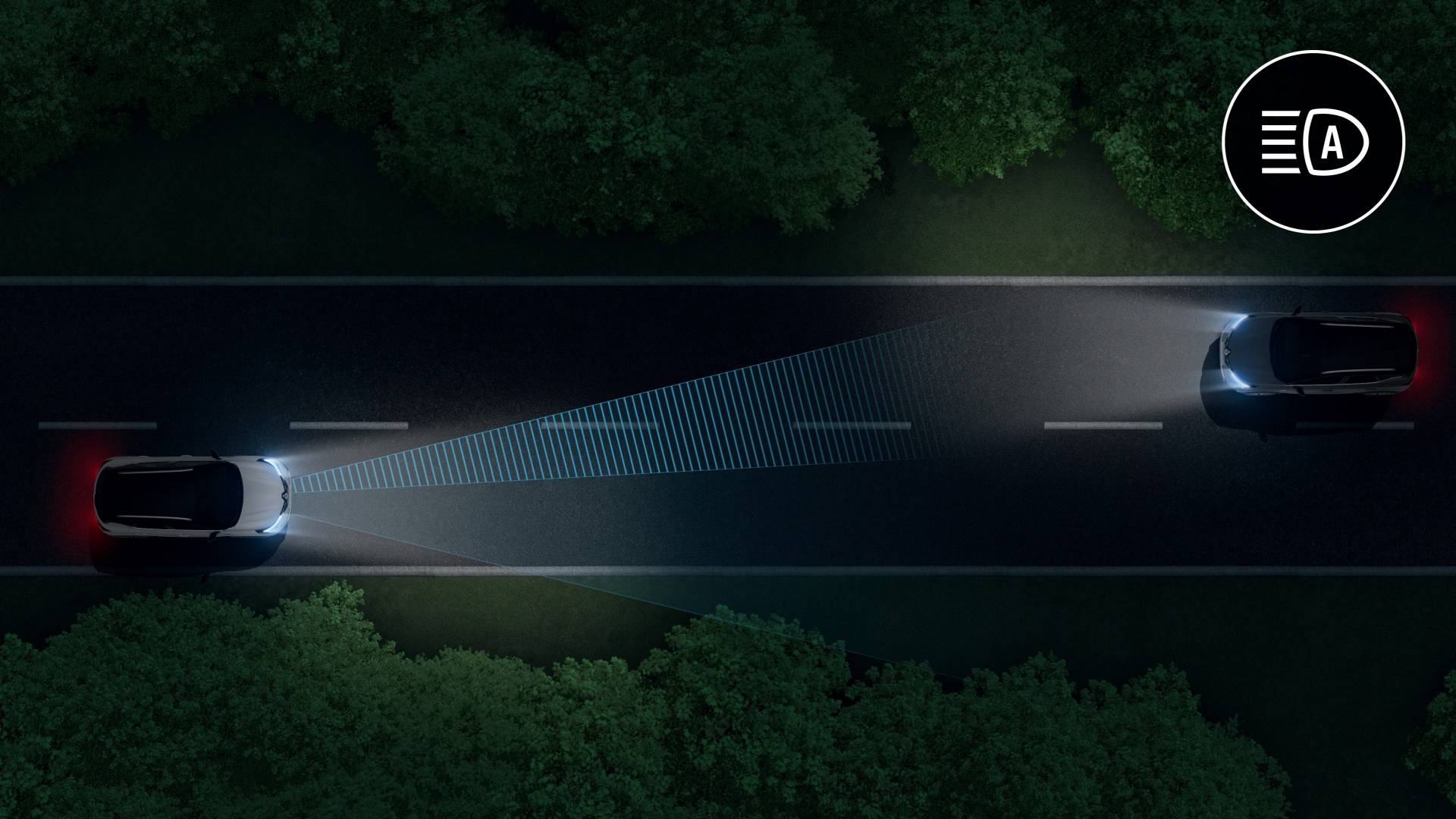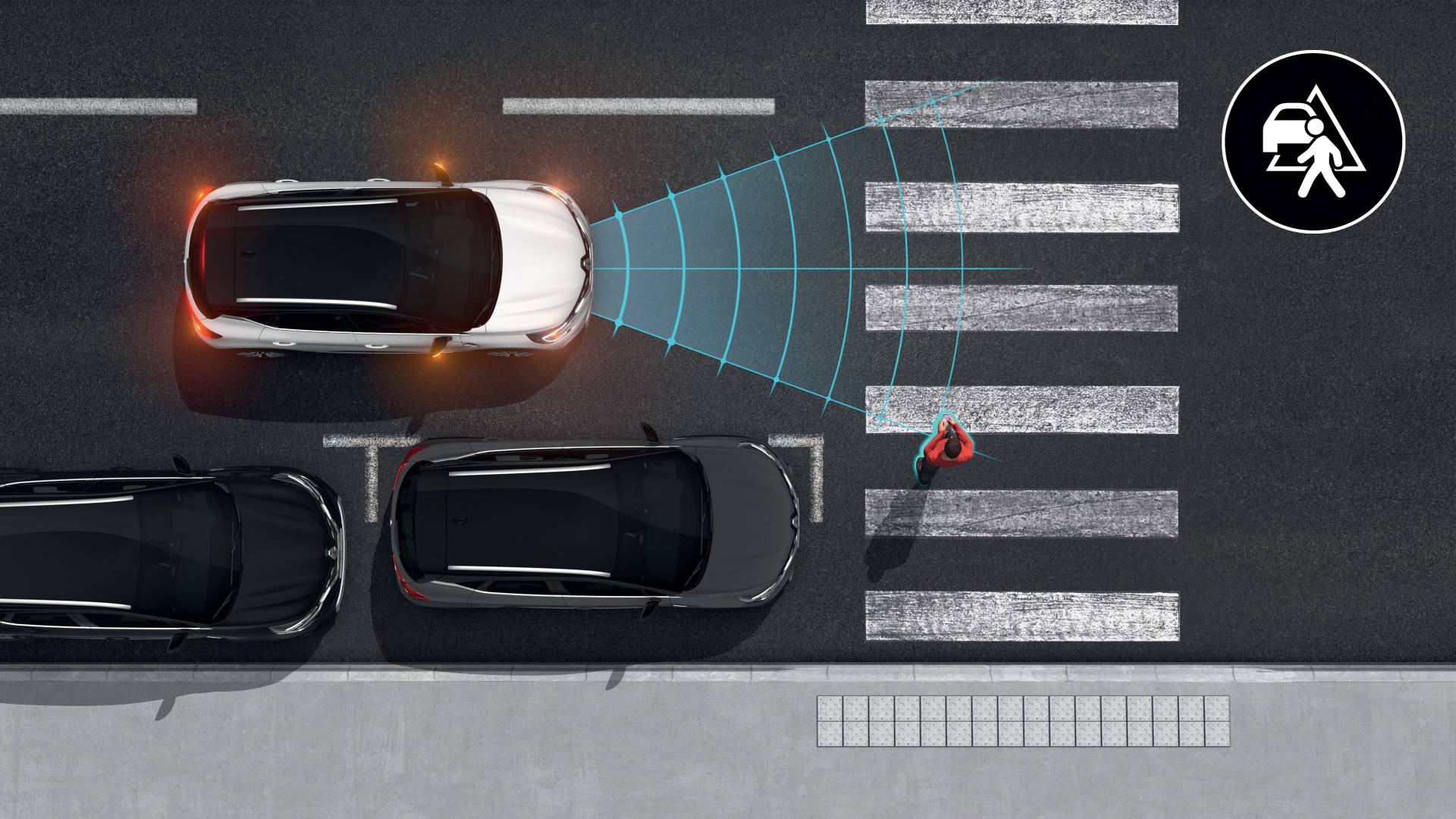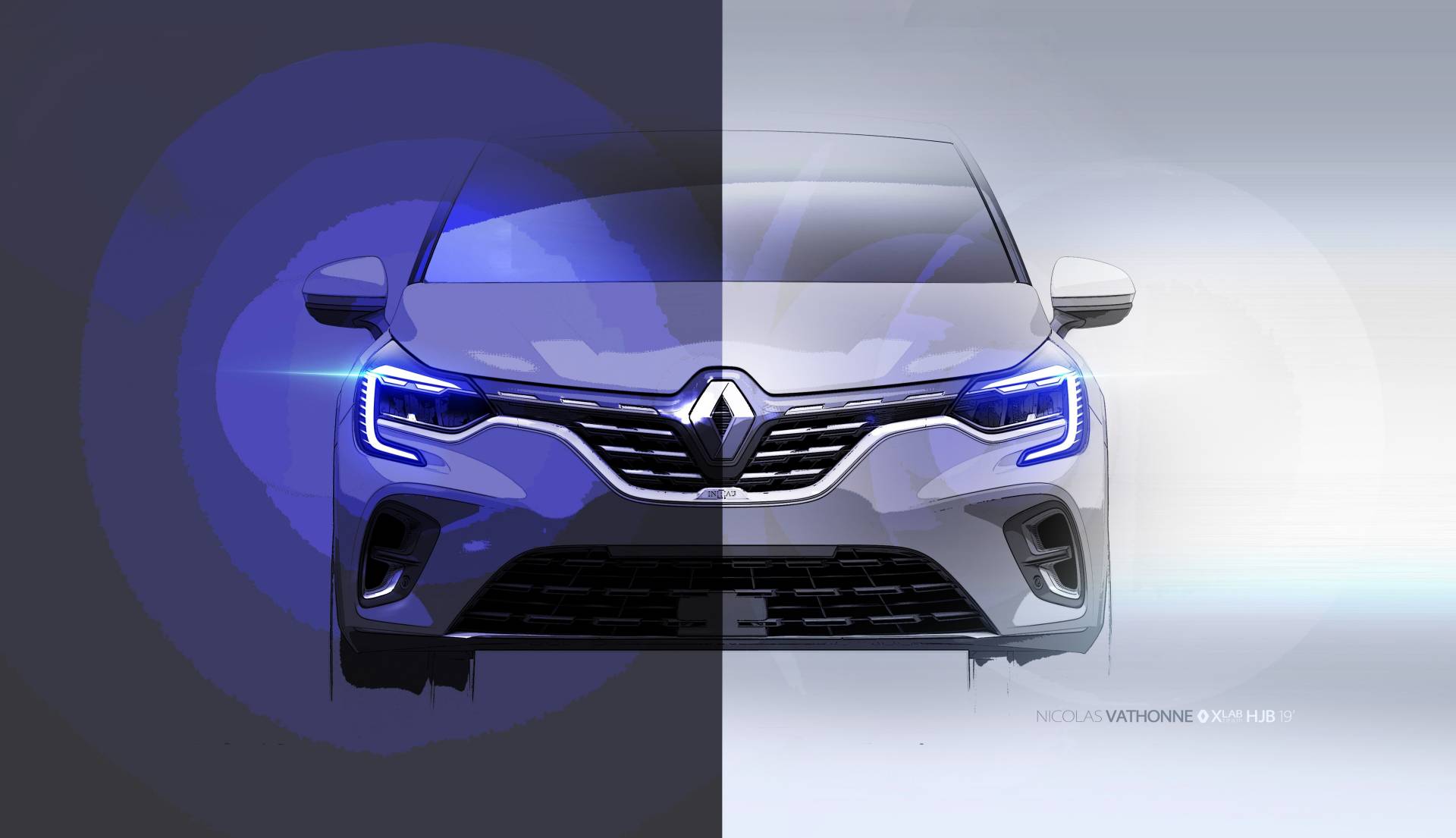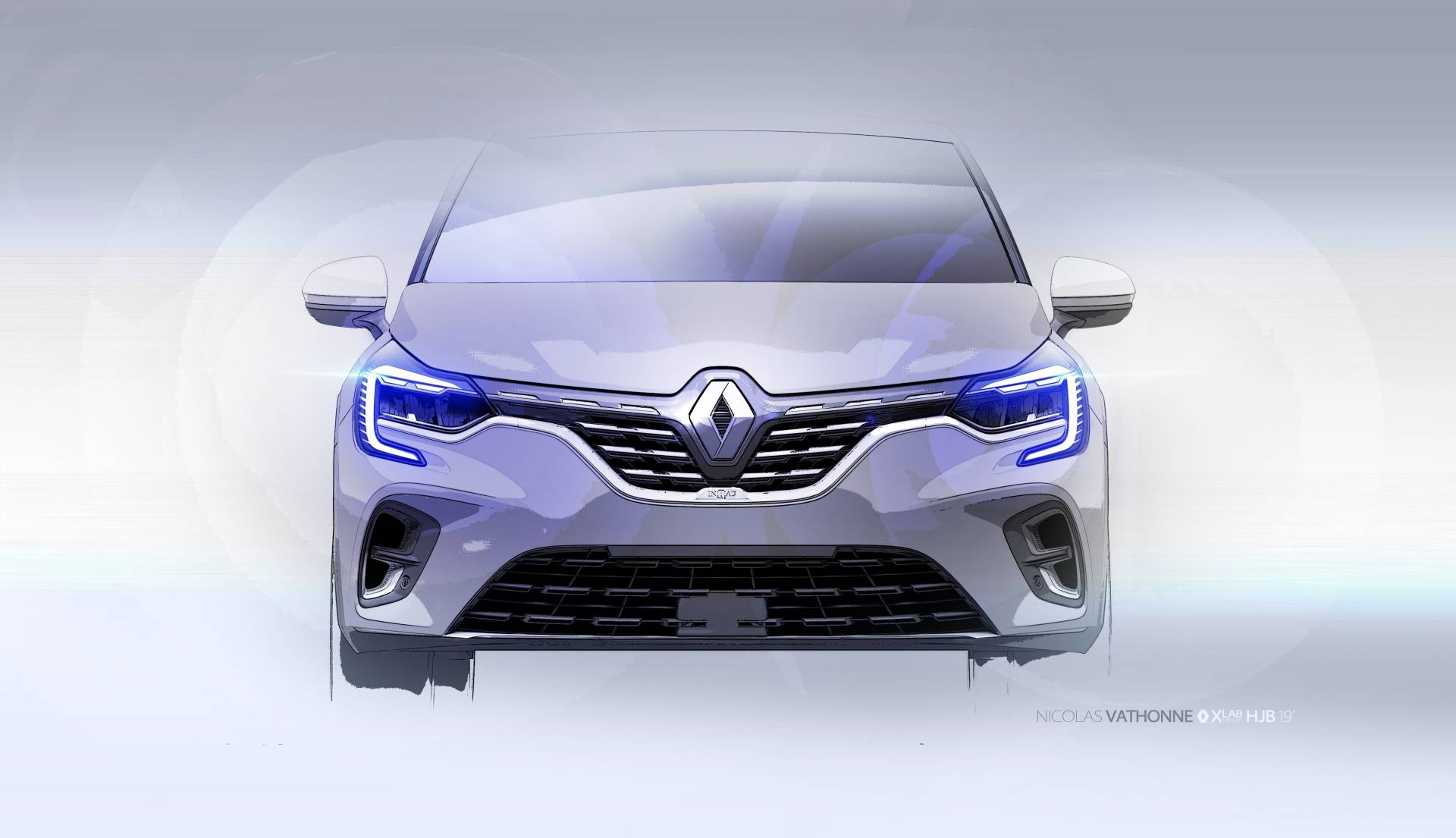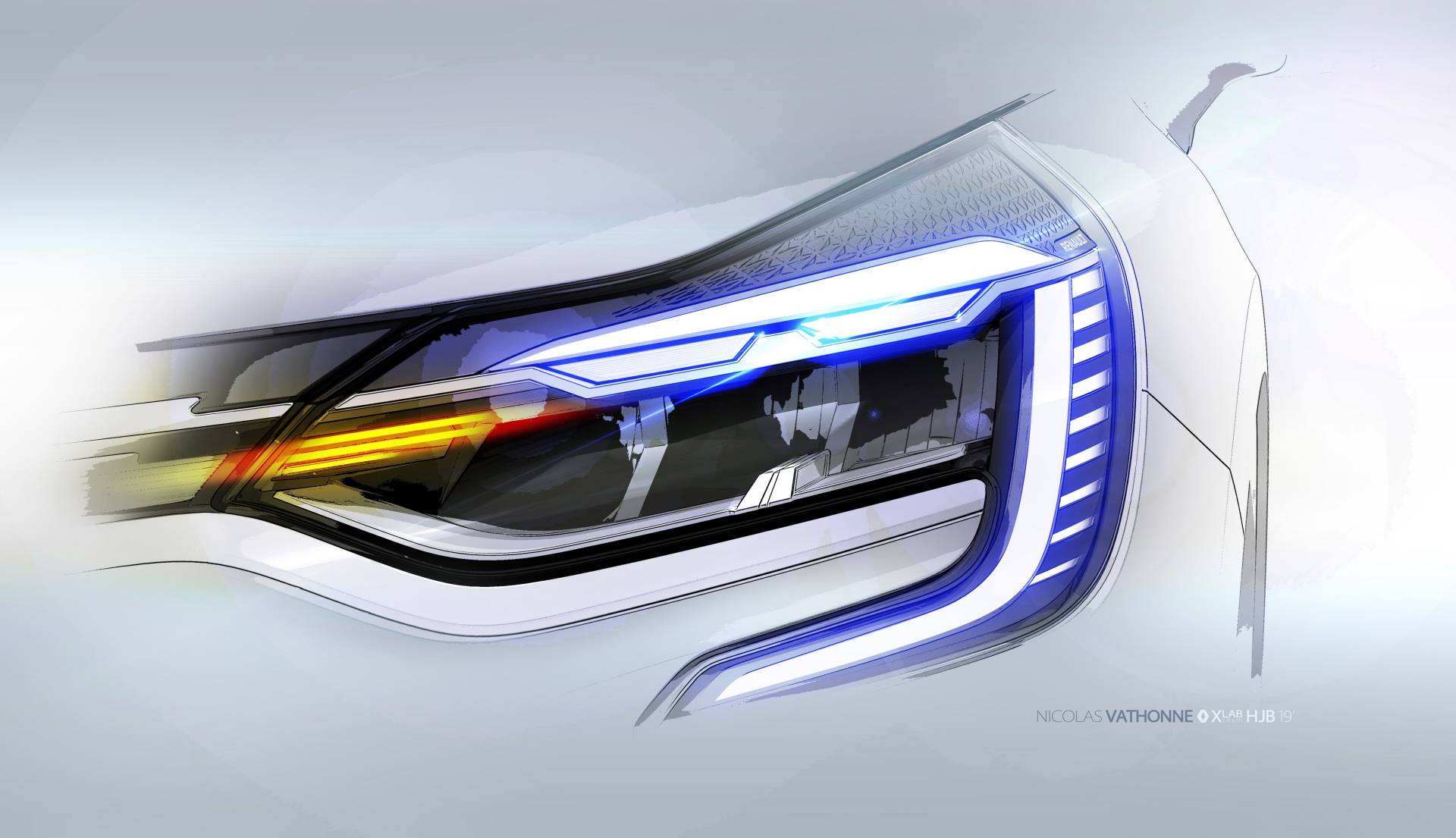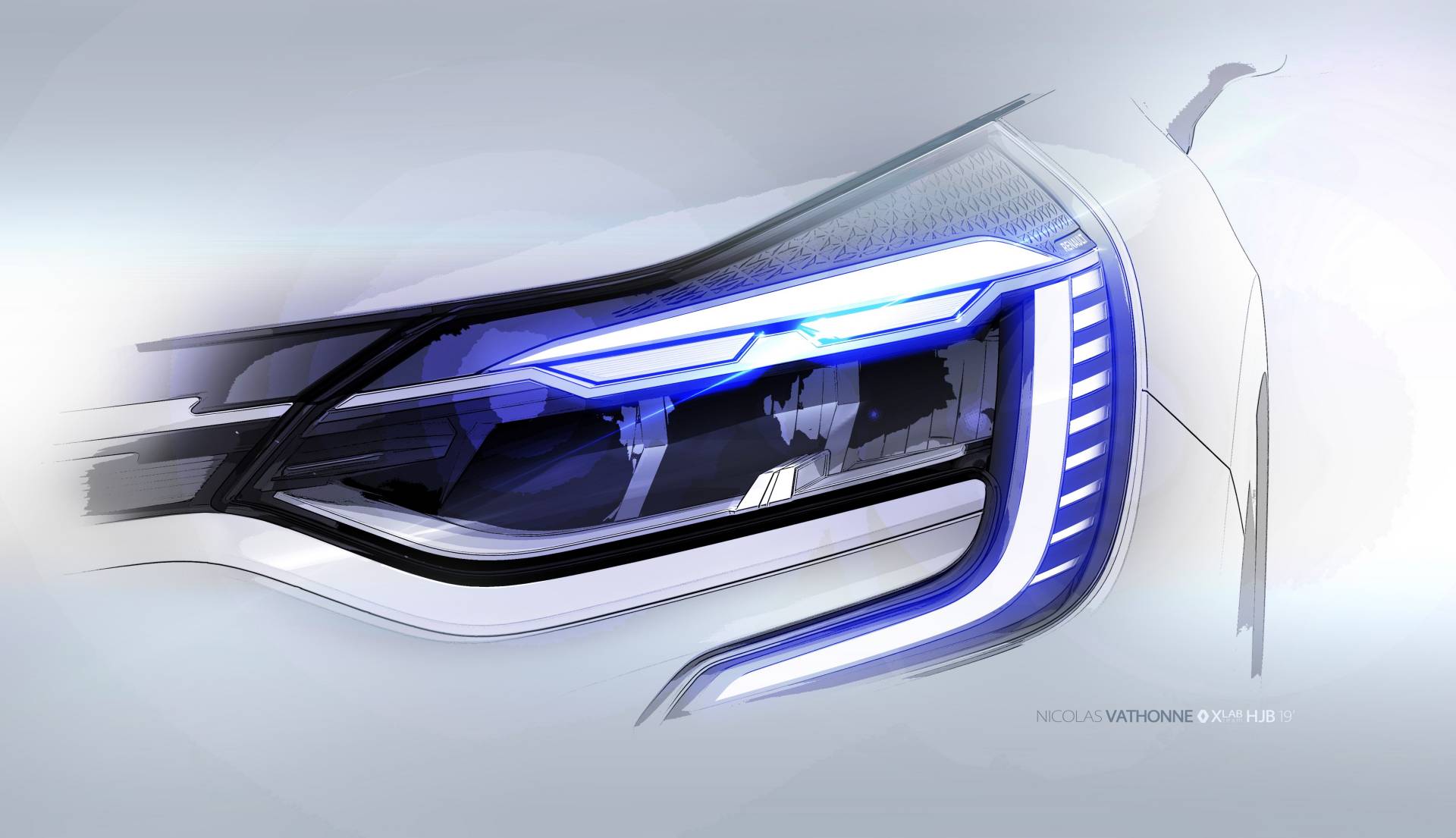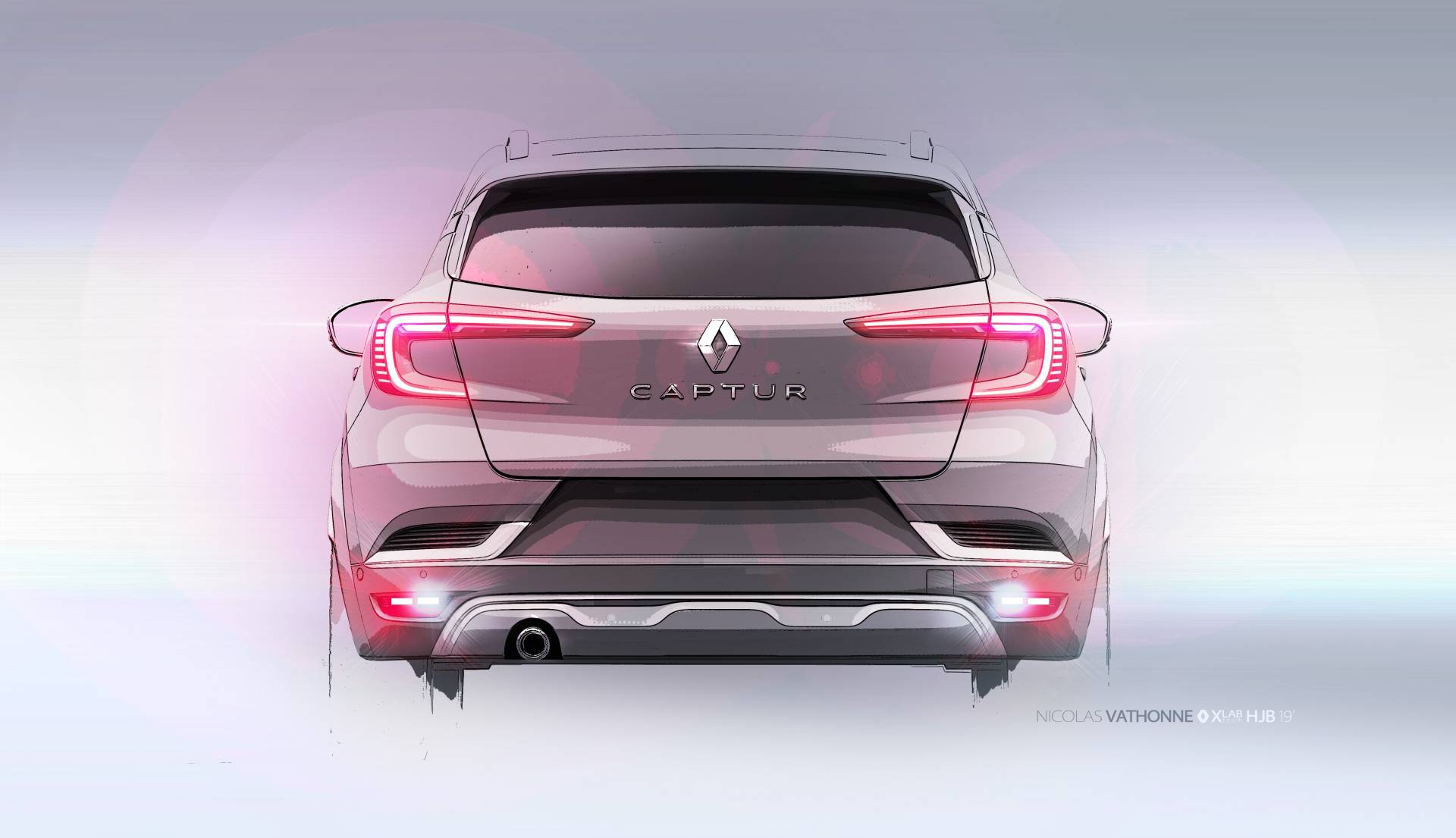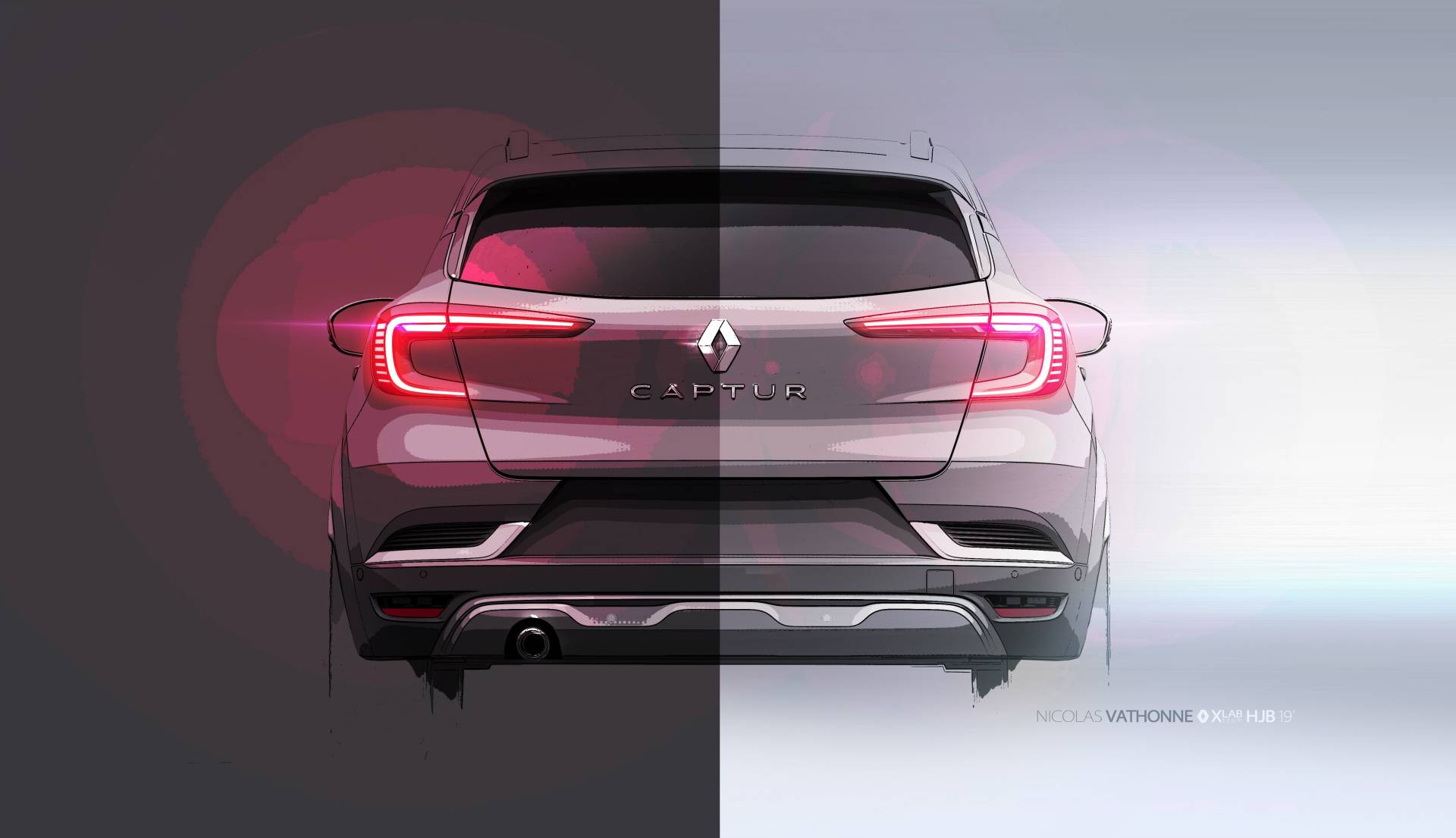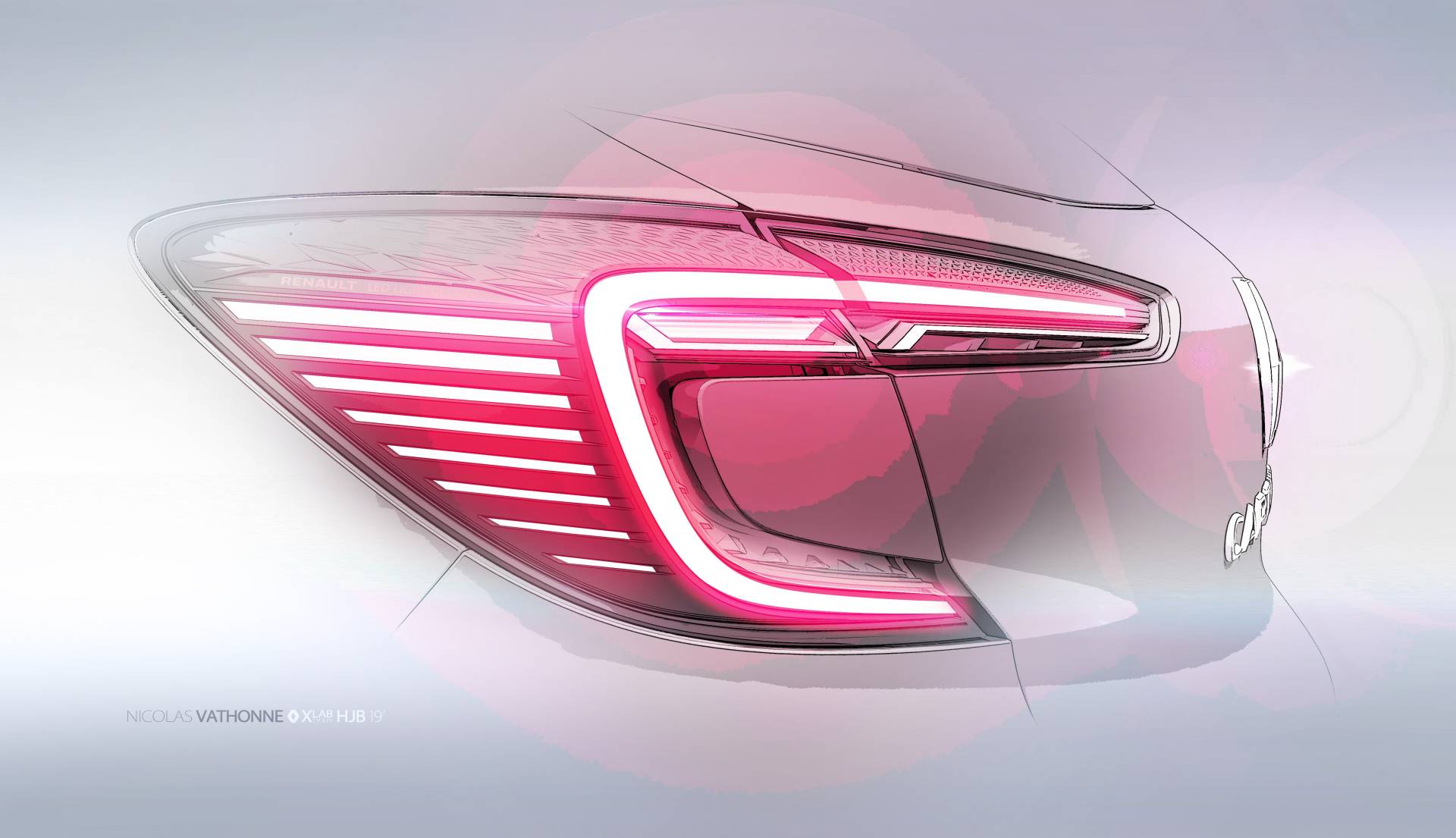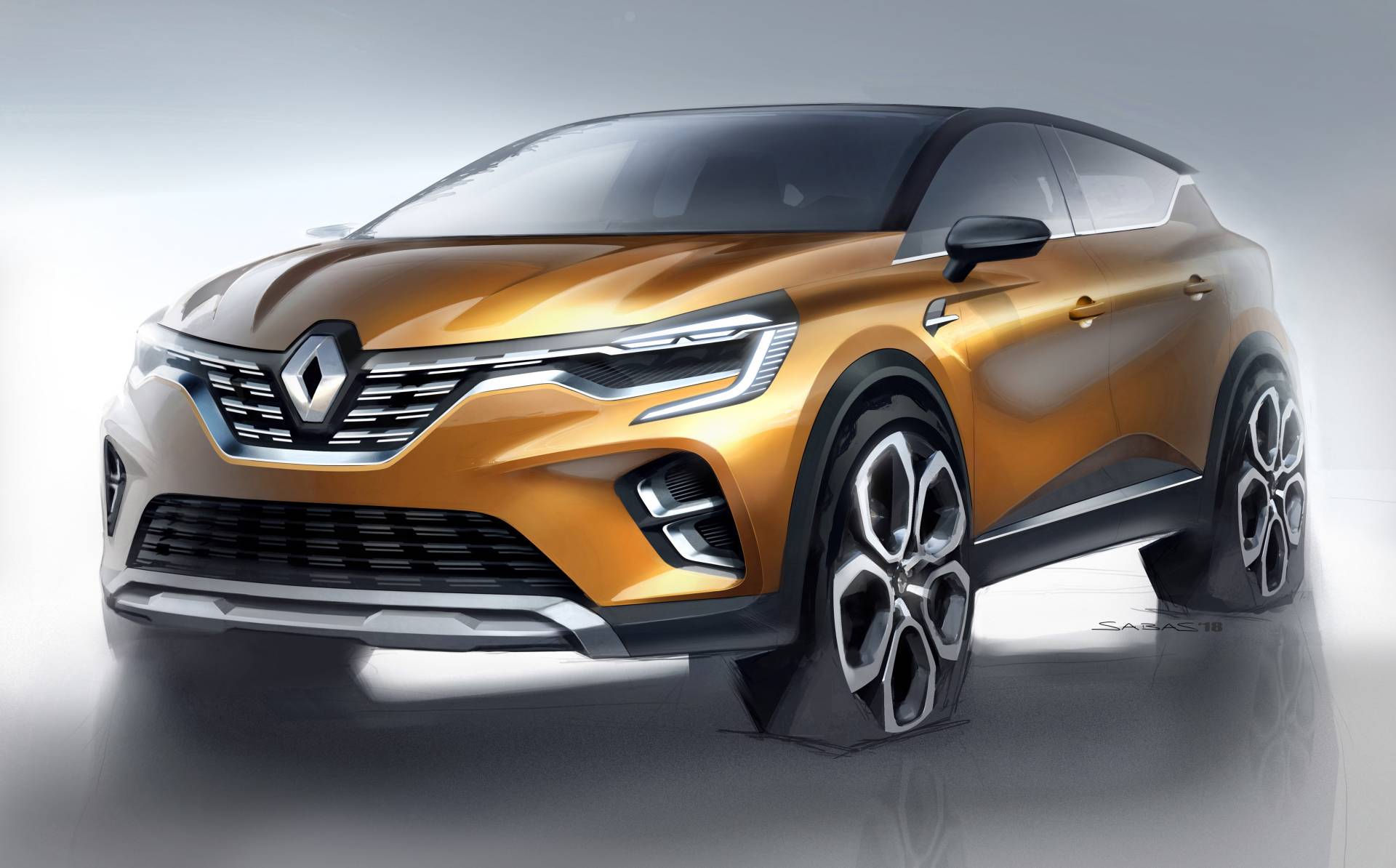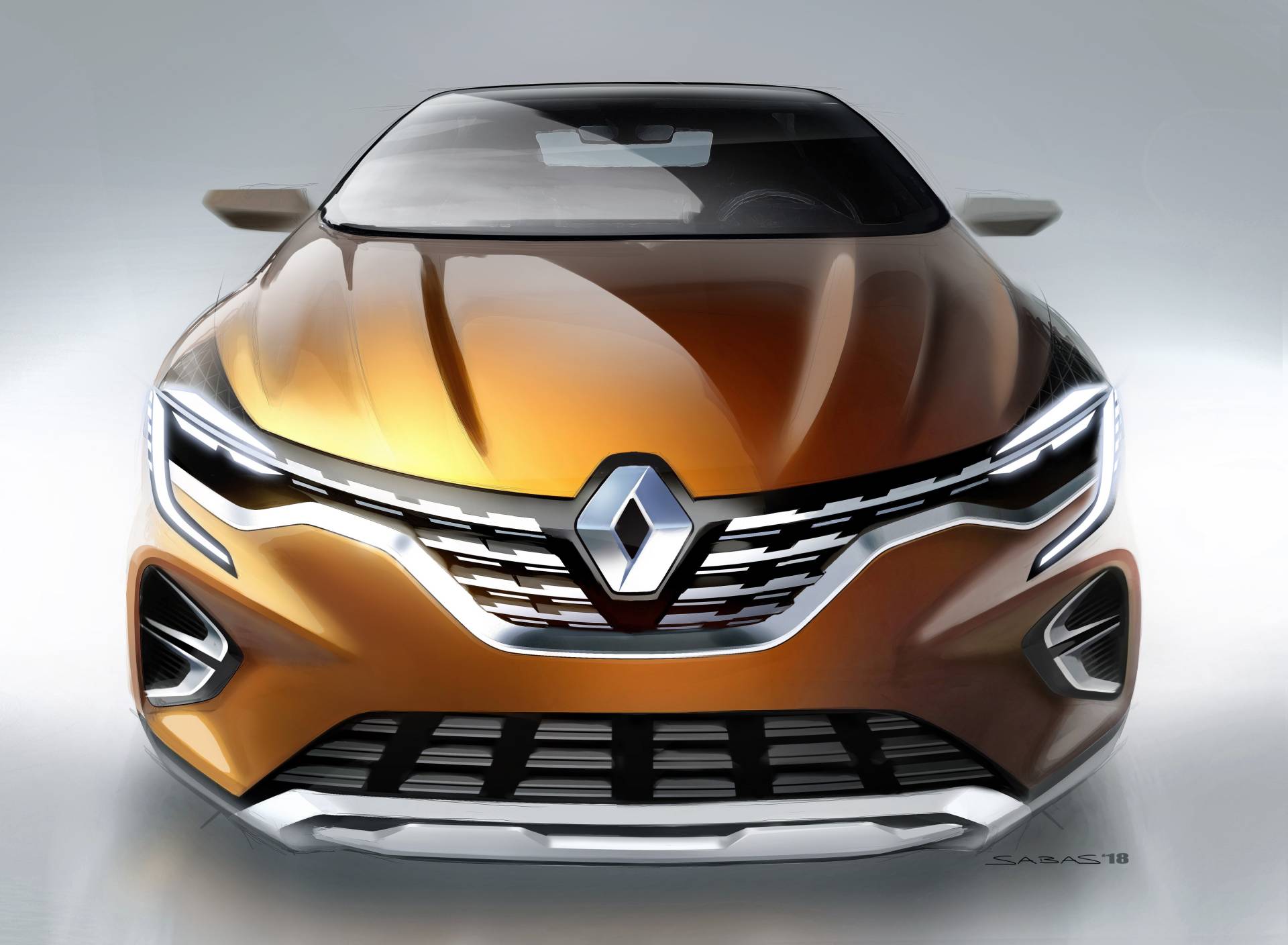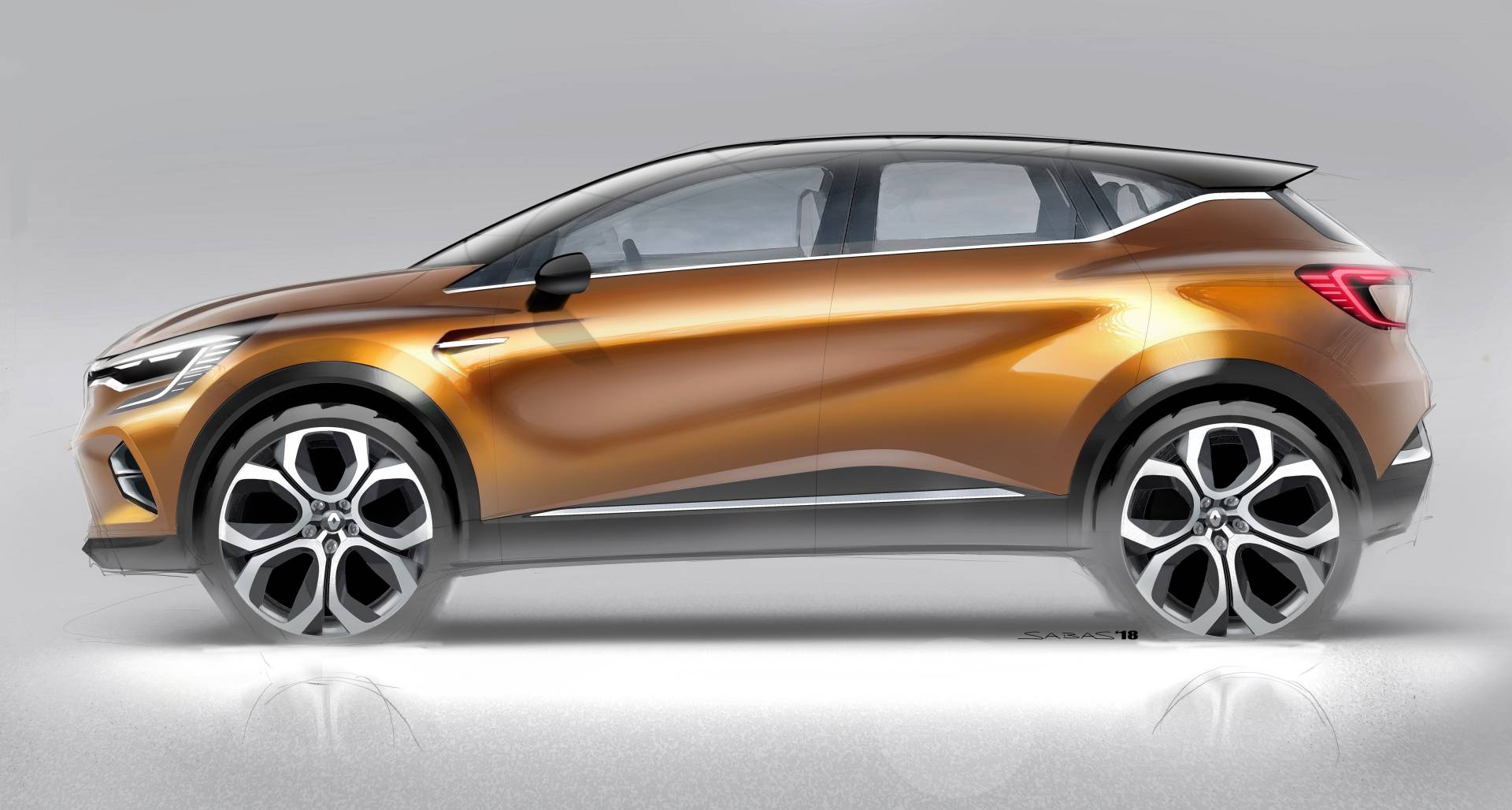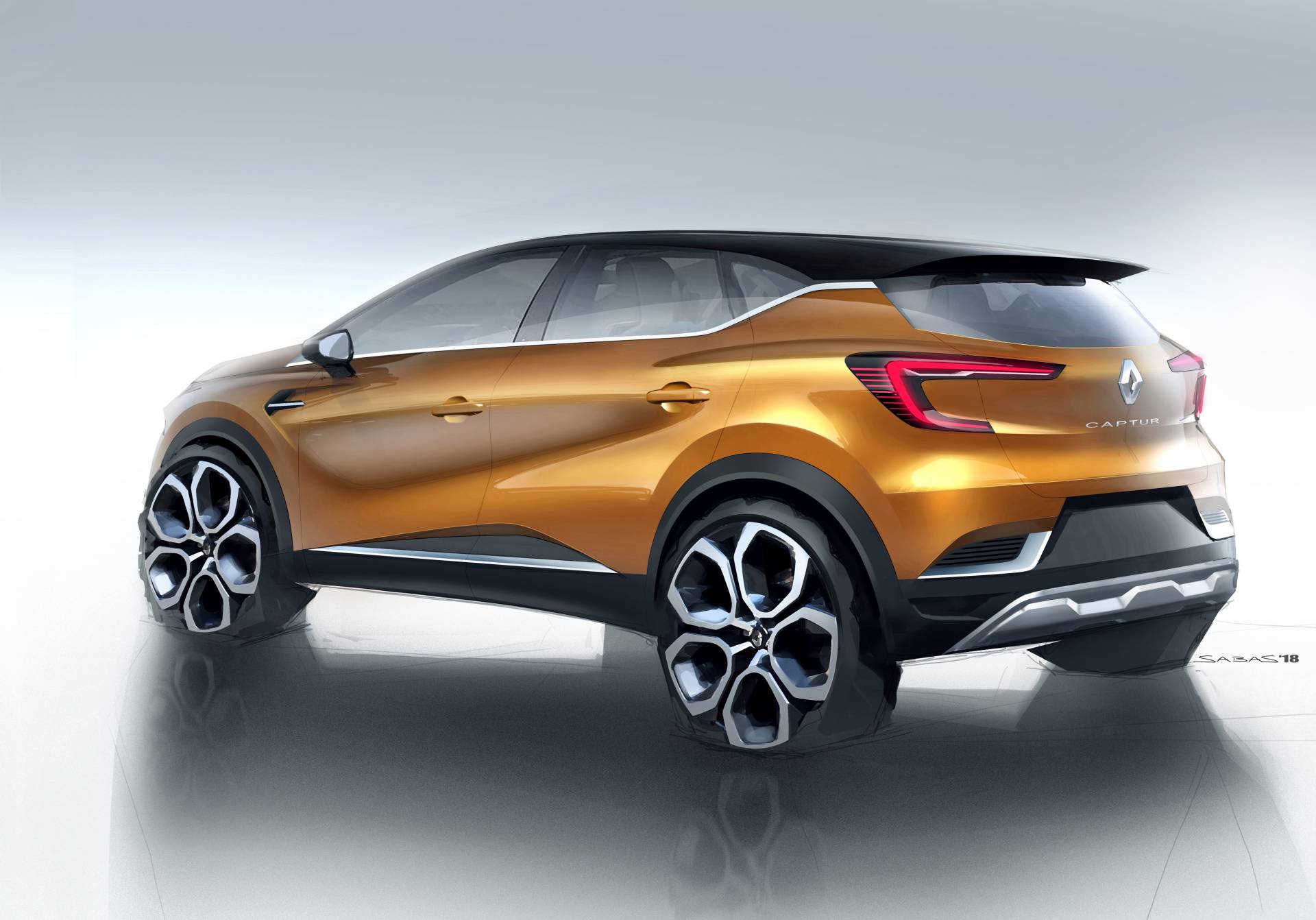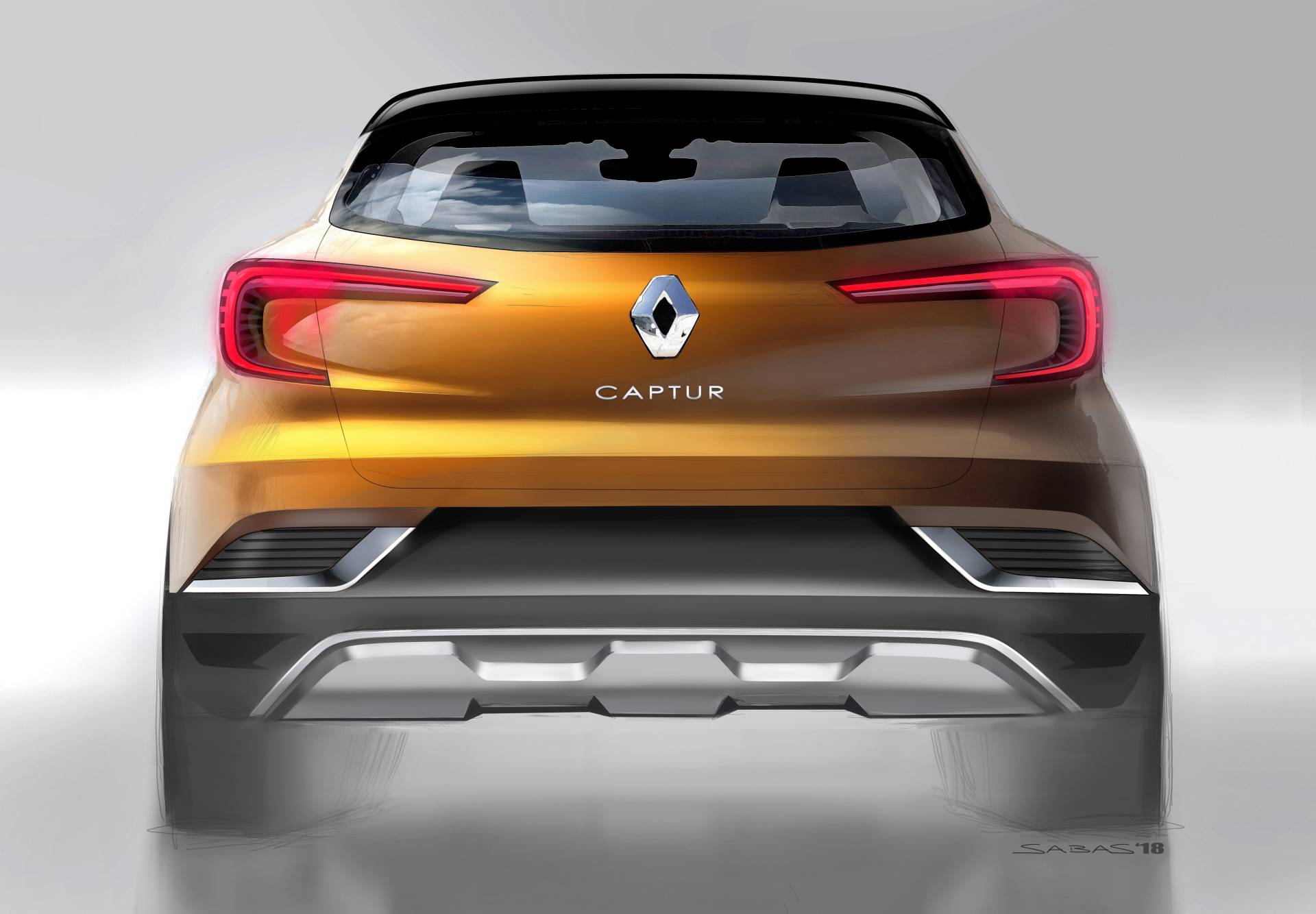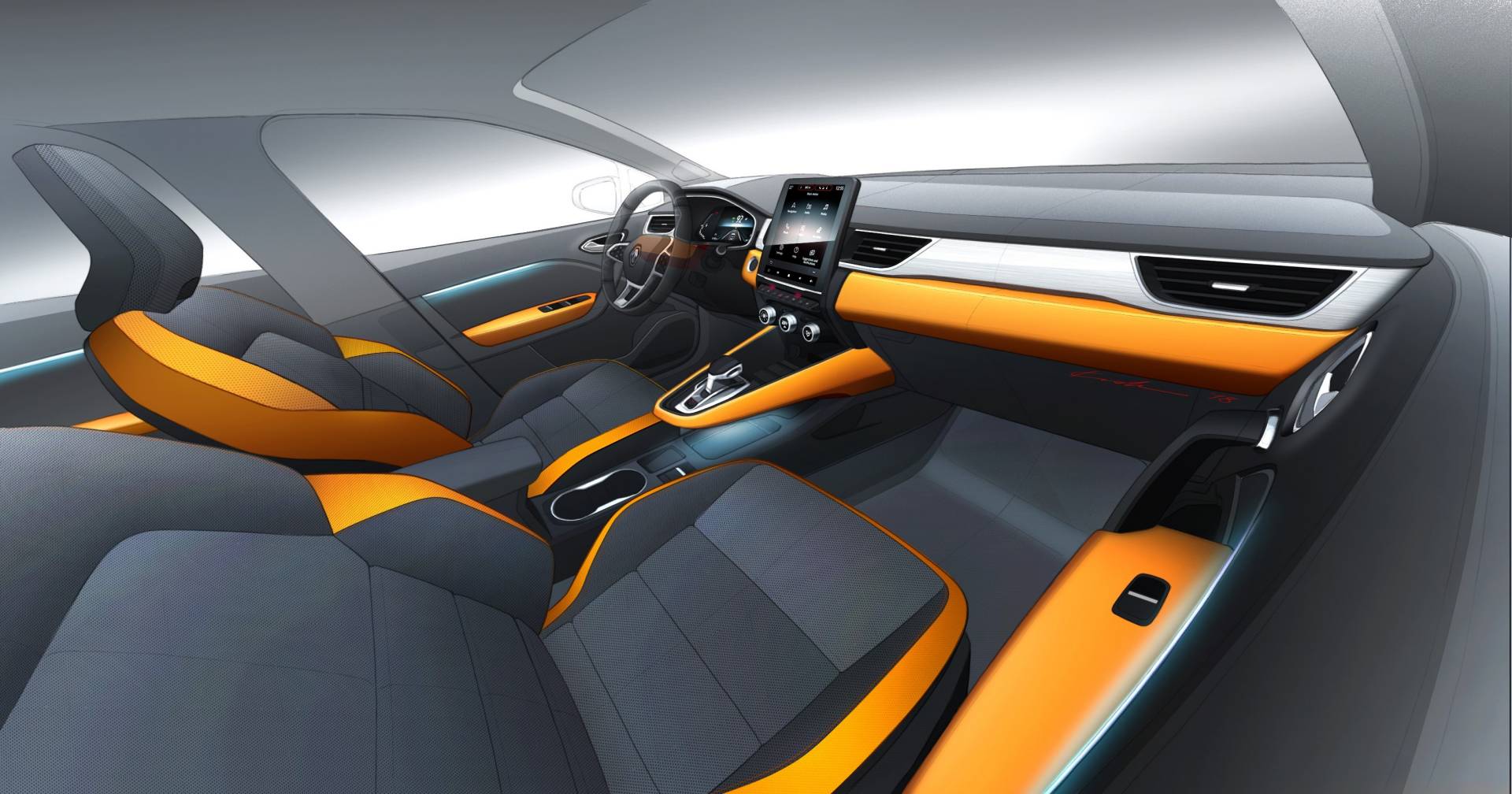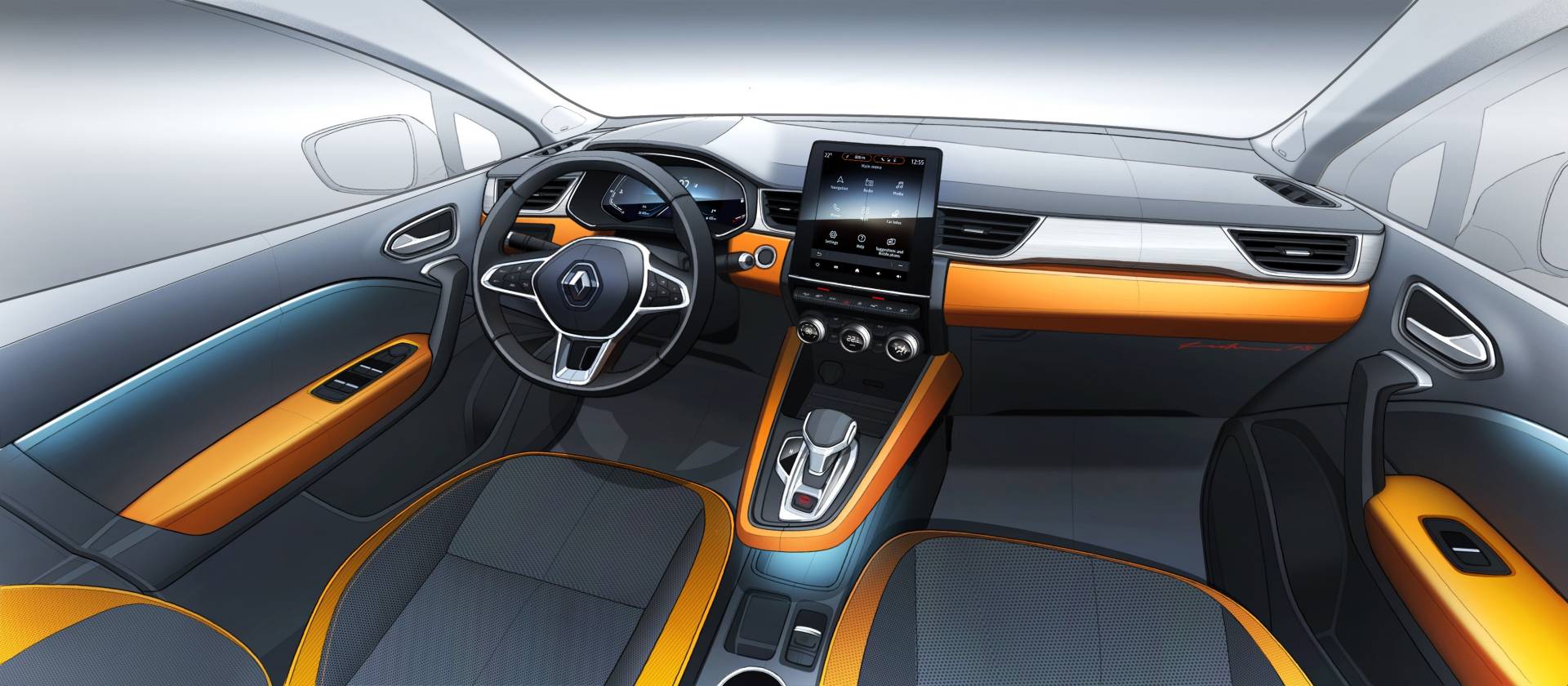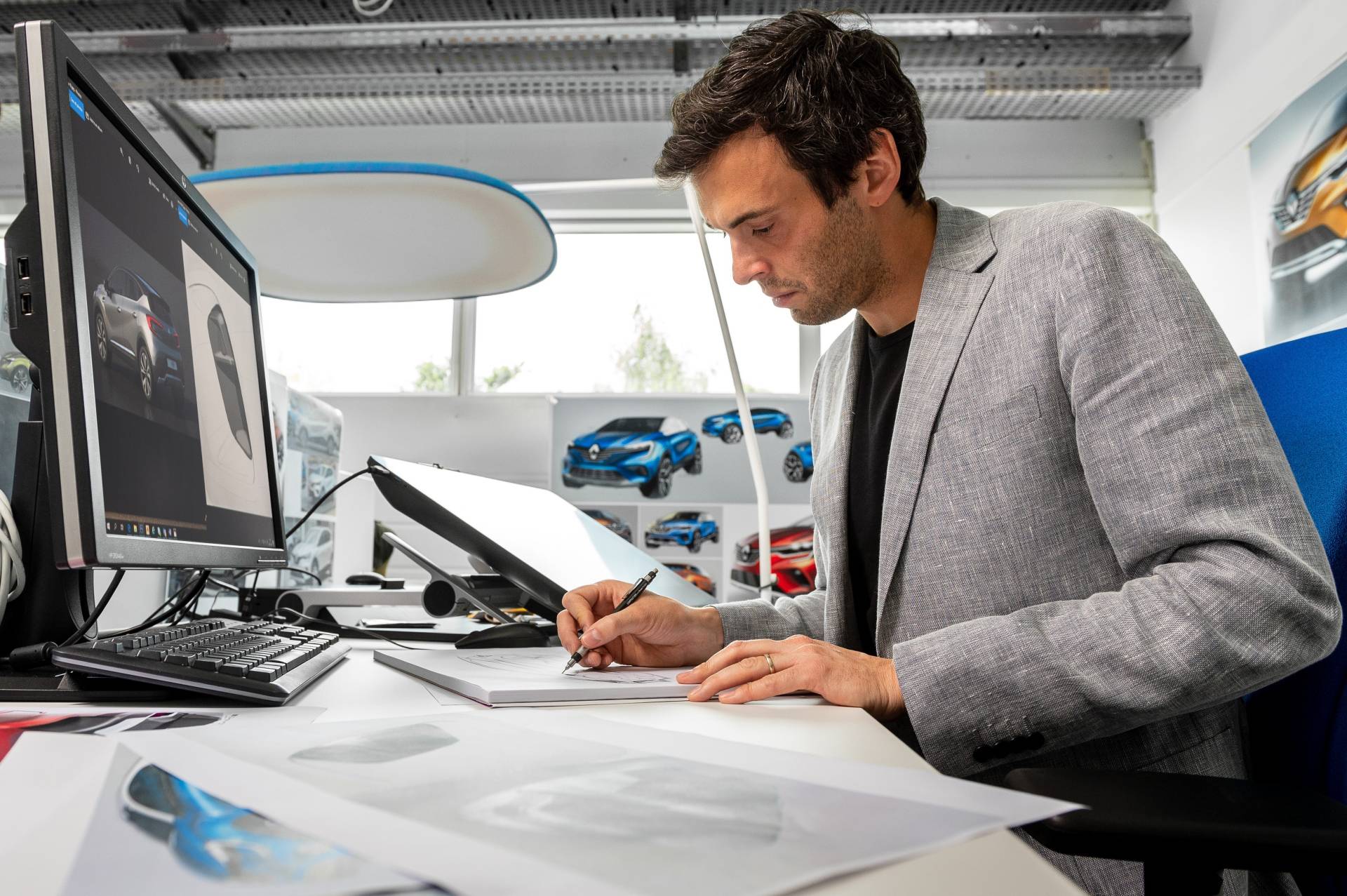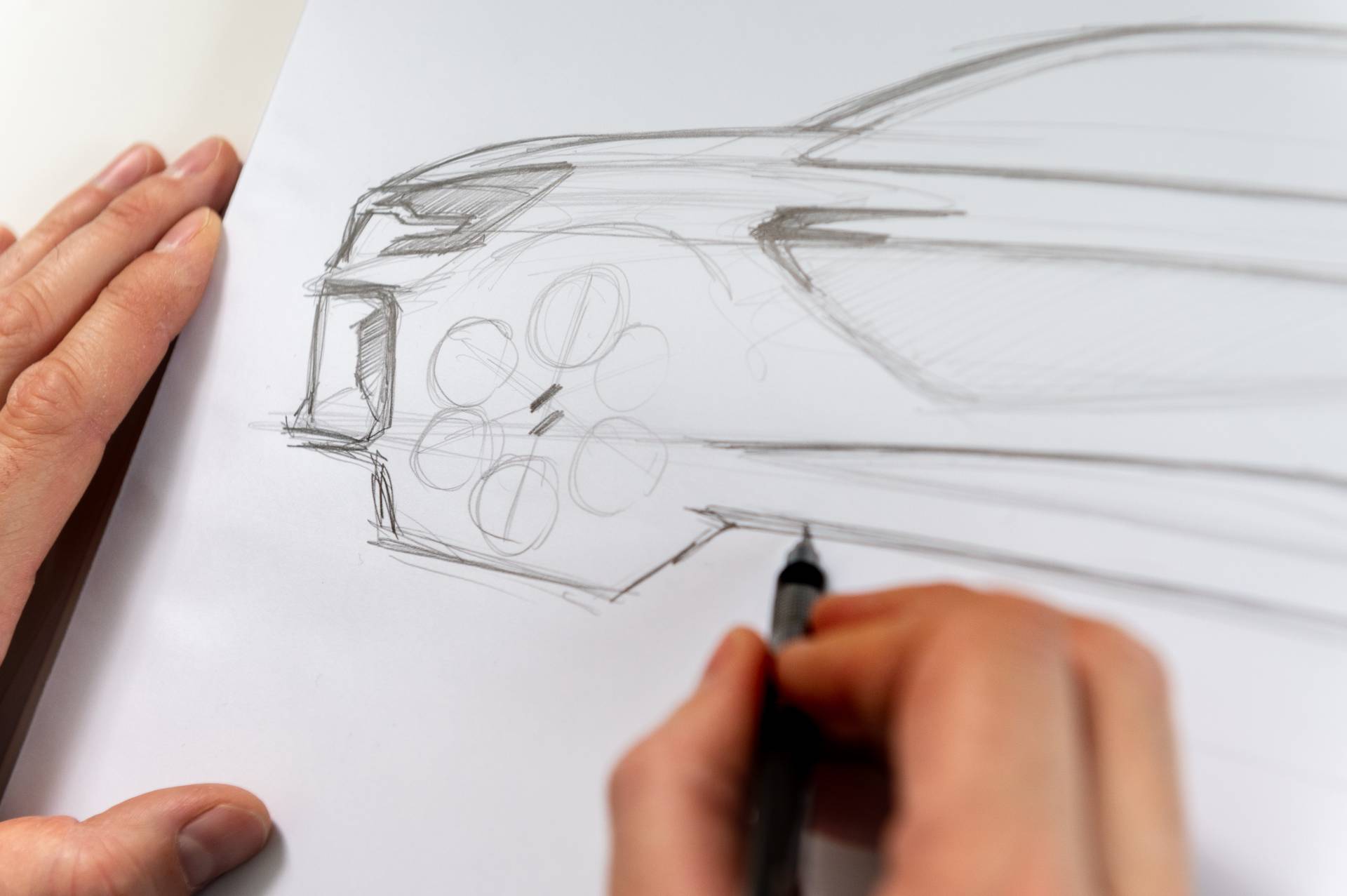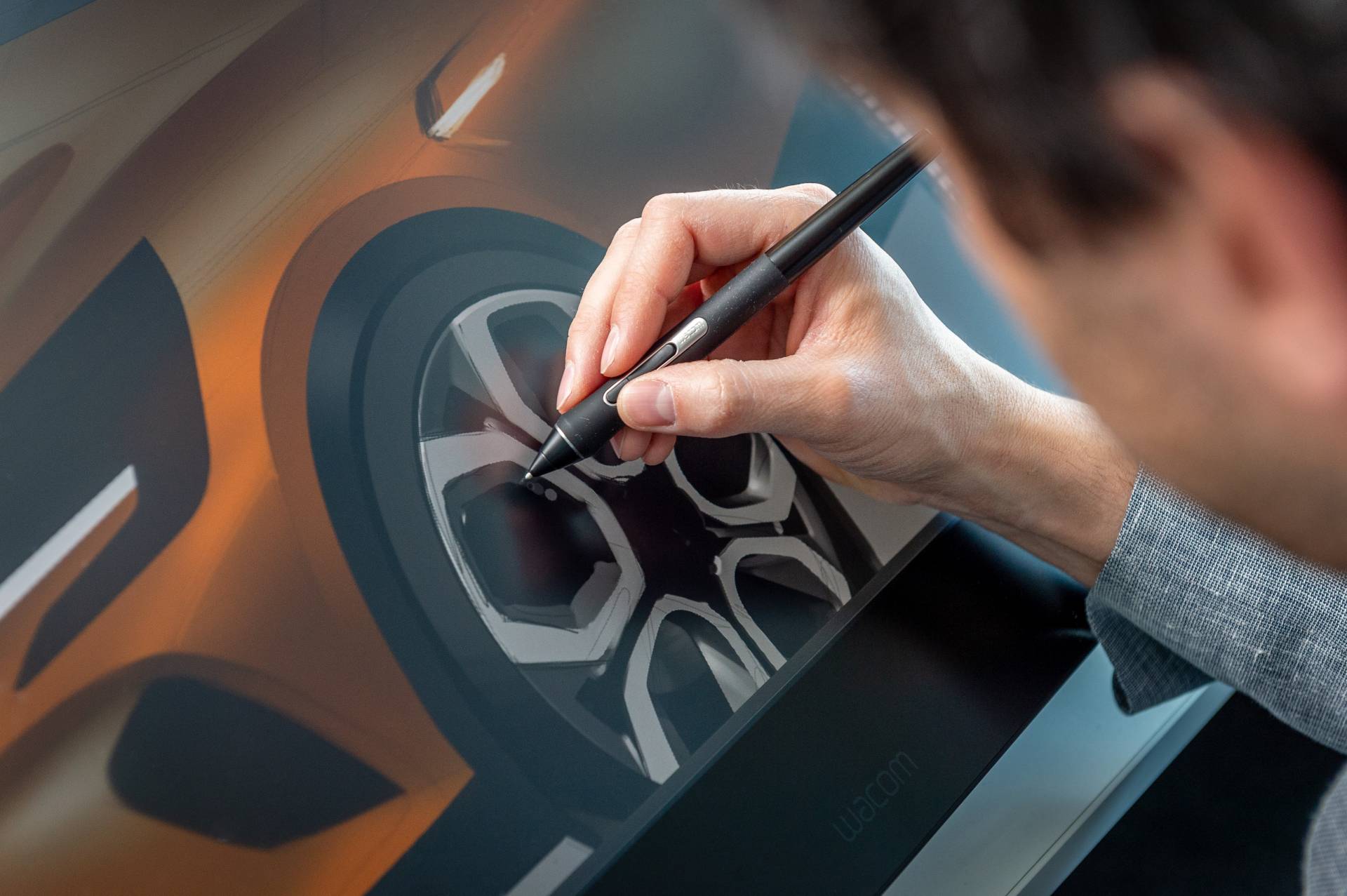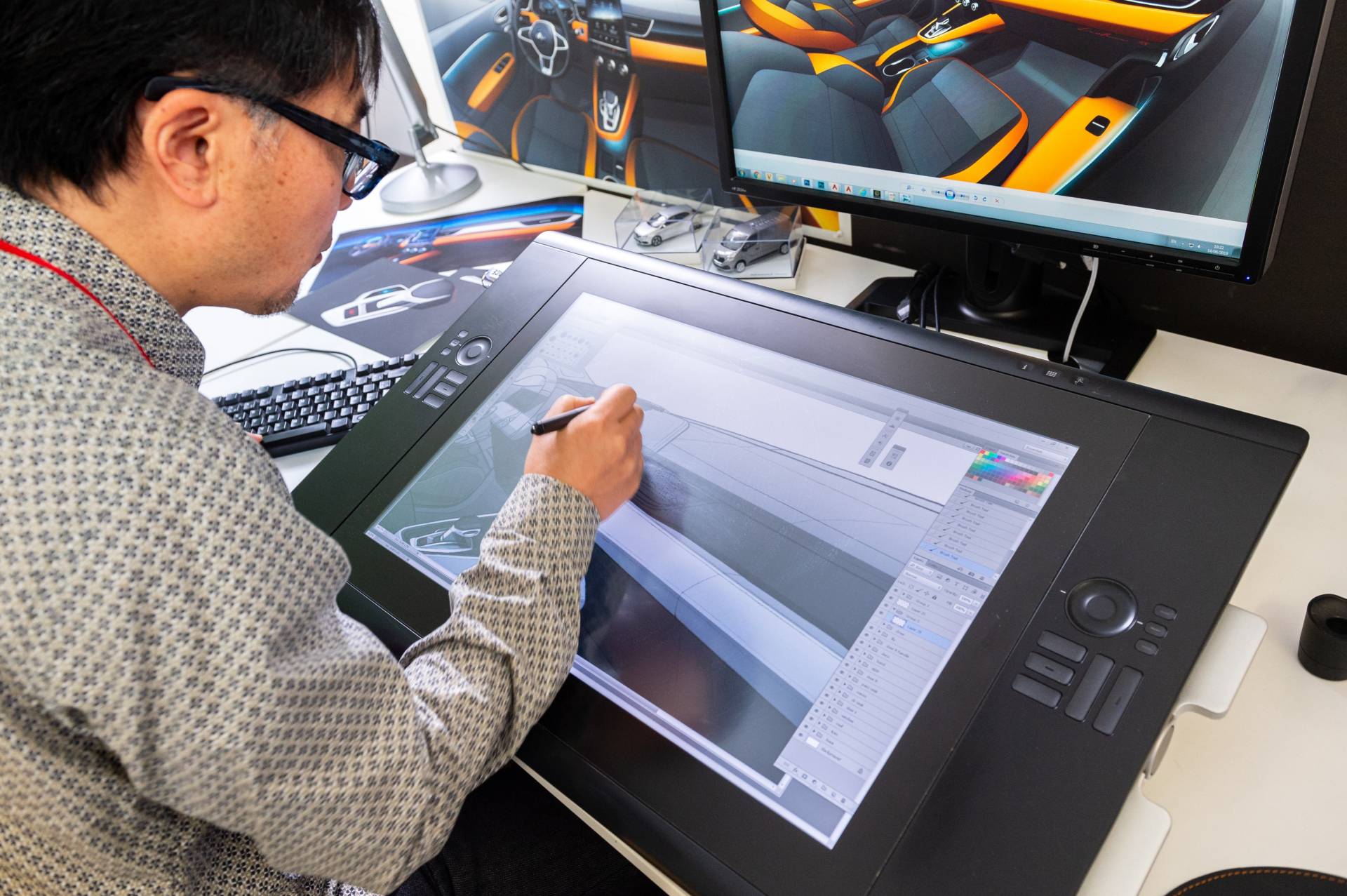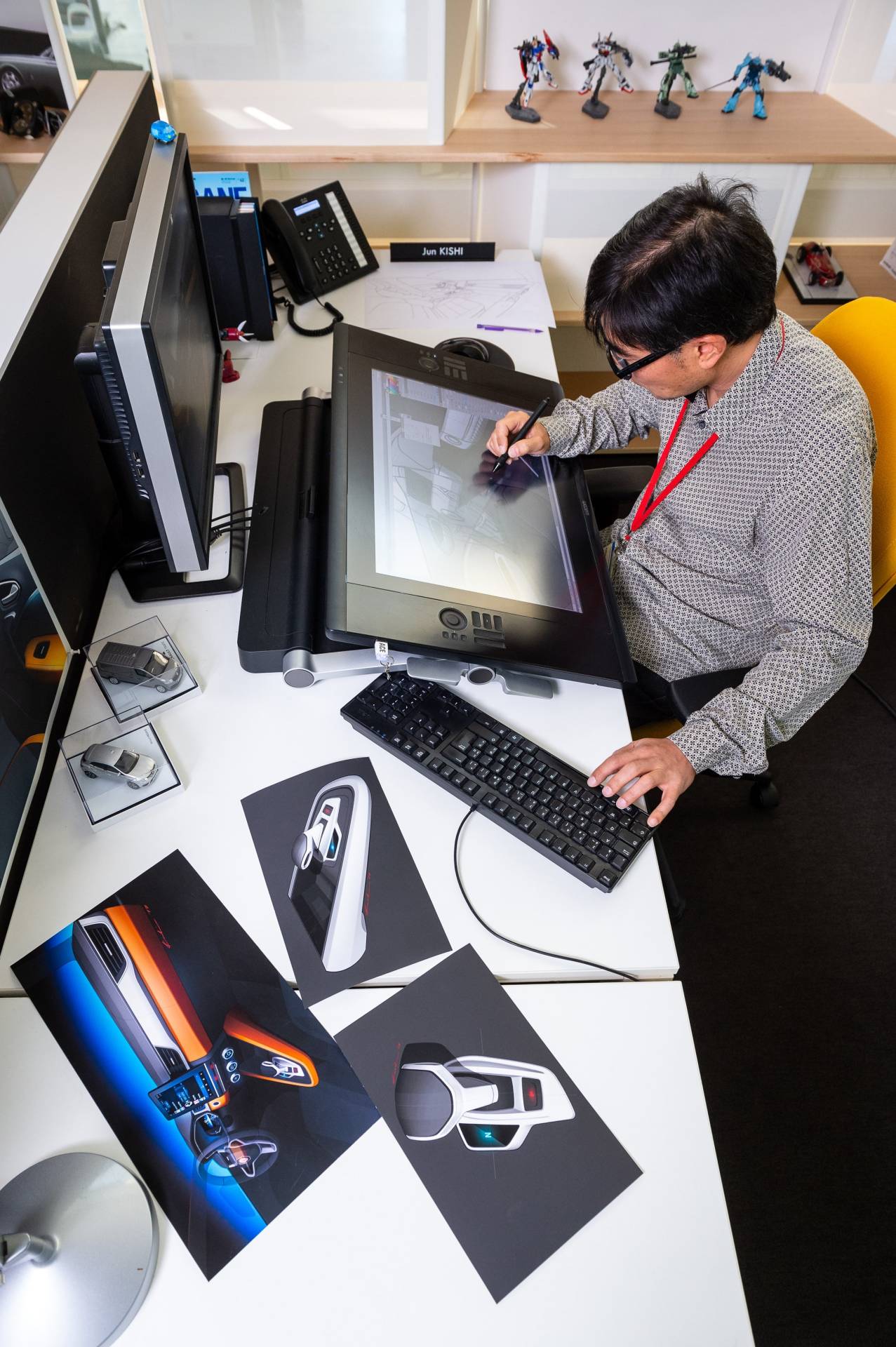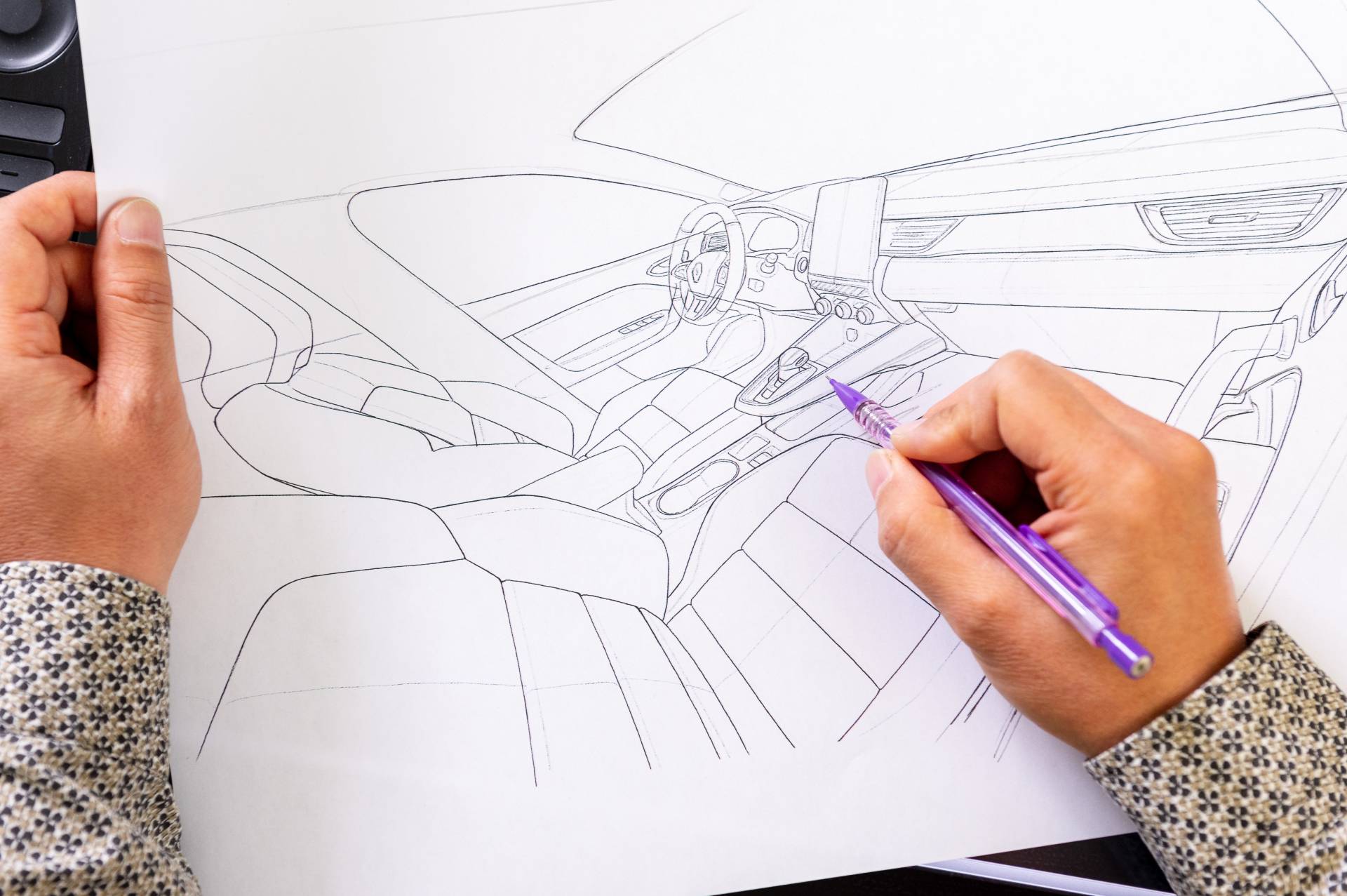With the all-new Renault Clio out in the open, it was only a matter of time before its Captur crossover version made its debut as well.
For now, it’s only an online debut as the public world premiere will take place at the Frankfurt Motor Show in September. As you can see, the photos match the leaked image from mid-June, revealing a completely new design, albeit one that remains easily distinguishable as a Captur.
The compact crossover now looks more athletic and dynamic on the outside while adopting a more welcoming and practical interior, as well as a comprehensive technology package.
The second Renault model to use the new CMF-B platform following the Clio, the new Captur is 110 mm (4.3 inches) longer than its predecessor. As a result, rear seat passenger legroom grows by 17 mm (0.66 inches) while the boot capacity gains a significant 81 liters (2.86 cu-ft) for a total of 536 liters (18.9 cu-ft). The 2020 Captur also offers a total of 27 liters (0.95 cu-ft) of storage in the cabin. For example, door storage compartments can now accommodate 1.5-liter bottles.
The CMF-B architecture also allowed Renault engineers to design the Captur from the outset to accommodate an electric powertrain and the latest electronic architecture. As a result, the crossover will benefit from the E-Tech Plug-in hybrid system from 2020.
Essentially the same powertrain as in the new Clio, the electrified powertrain enables the Captur to travel up to 28 miles (45 km) in pure electric mode, at speeds of up to 83 mph (135 km/h). The system combines a 1.6-liter gasoline engine with two electric motors and a 9.8 kWh battery pack.
Until the electrified power plant becomes available, customers will be able to choose from several three gasoline and two diesel engines. Petrol fans can choose between the TCe 100 1.0-liter three-cylinder turbocharged petrol making 100 PS (99 hp) and 160 Nm (118 lb-ft) of torque, TCe 130 1.3-liter turbo-four rated at 130 PS (128 hp) and 240 Nm (177 lb-ft) of torque, and the range-topping TCe 155 which is a higher powered version of the latter unit producing 155 PS (153 hp) and 270 Nm (199 lb-ft) of torque.
The top gasoline engine is mated as standard to a seven-speed EDC dual-clutch transmission (available as an option on TCe 130). The 2020 Captur also offers the choice of two 1.5-liter diesels, the Blue dCi 95 and Blue dCi 115. The former produces 95 PS (94 hp) and 240 Nm (177 lb-ft) of torque while the latter has 115 PS (113 hp) and 260 Nm (192 lb-ft) of torque. The lower powered version only gets a six-speed manual gearbox while the more powerful engine also offers the option of a seven-speed EDC. As with the previous Captur, there’s no mention of all-wheel drive whatsoever.
On the tech front, the second-generation Renault Captur offers an array of standard and available safety features including traffic sign recognition with speed alert, Active Emergency Braking, cruise control with speed limiter, LED headlights with automatic high beam, Highway & Traffic Jam Companion adaptive cruise control, departure warning, lane assist, 360-degree parking camera, and more.
Inside, there’s also the new Easy Link smartphone-inspired infotainment system available in three versions: 7-inch screen, 7-inch with navigation, and 9.3-inch with navigation. All are compatible with Android Auto and Apple CarPlay. The interior design is obviously very similar to the new Clio, with the Captur also gaining access to the TFT digital screen available in either 7- or 10-inch layouts. At the rear, the sliding rear bench has carried over helping improve versatility.
The all-new Captur is a key model in Renault’s Drive the Future (2017-2022) strategic plan thanks to the very popular segment it occupies and its status as a global product. The new model will also be built in China for the first time.







